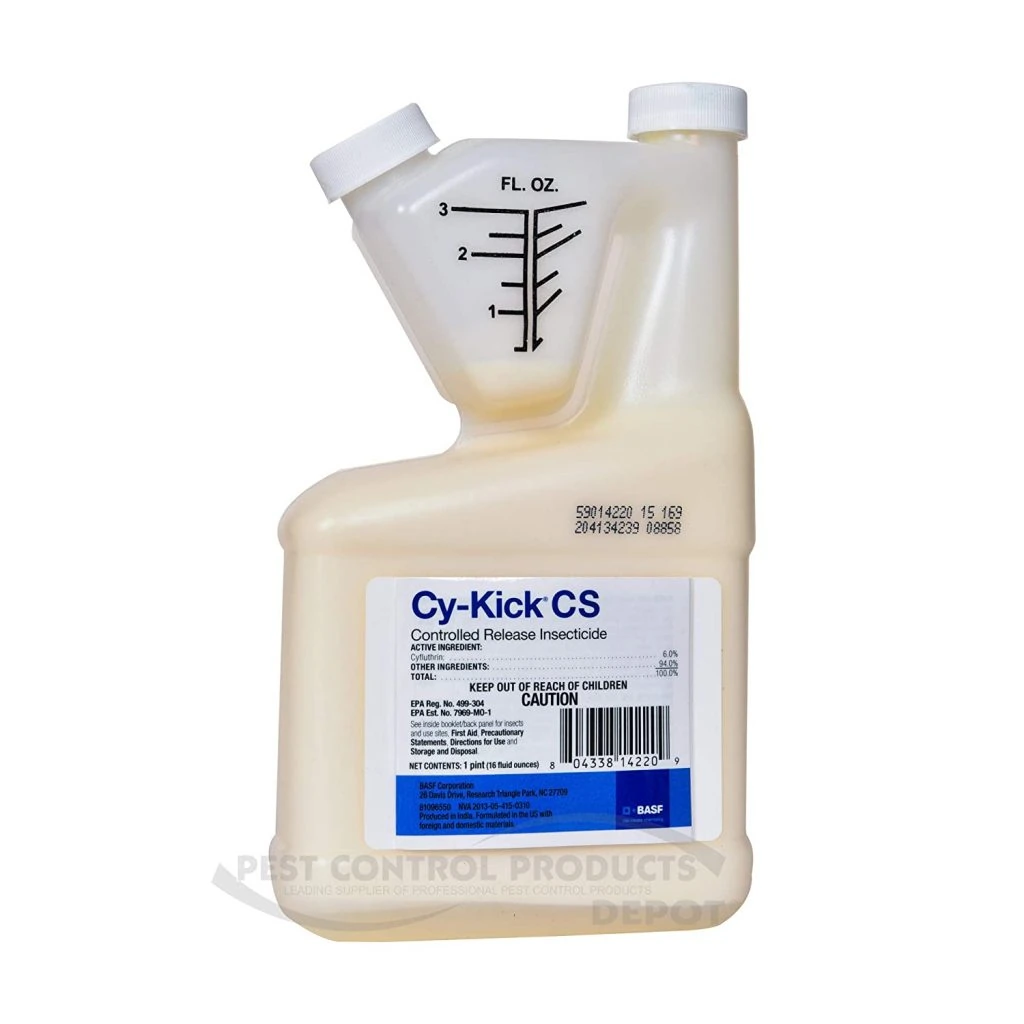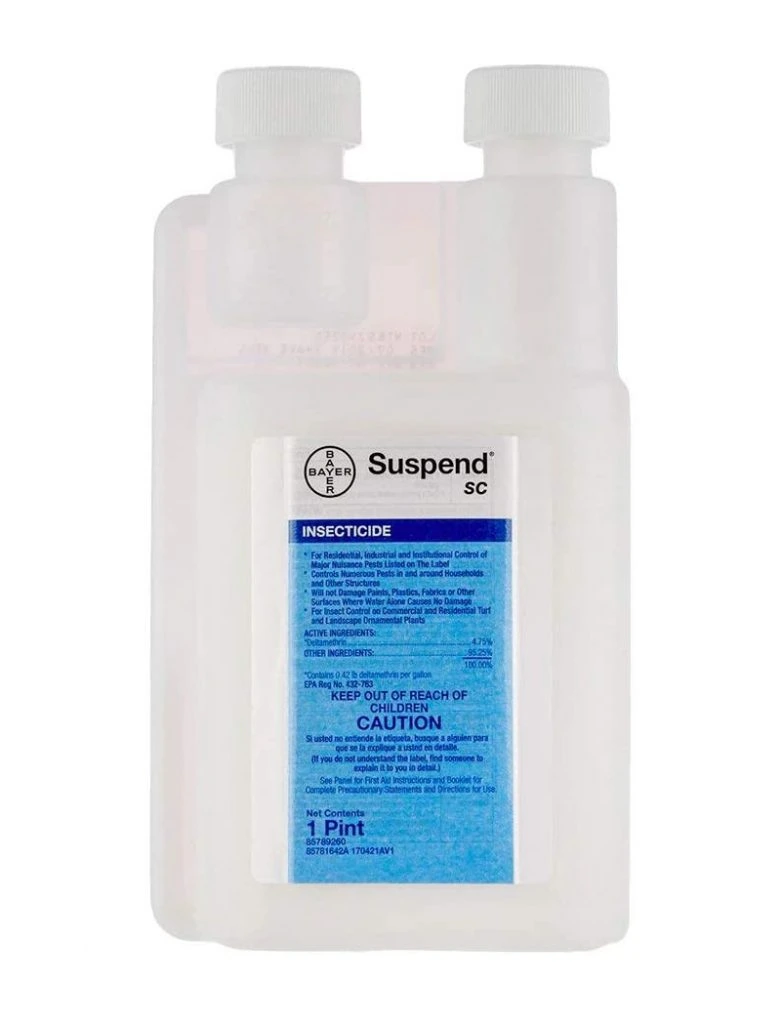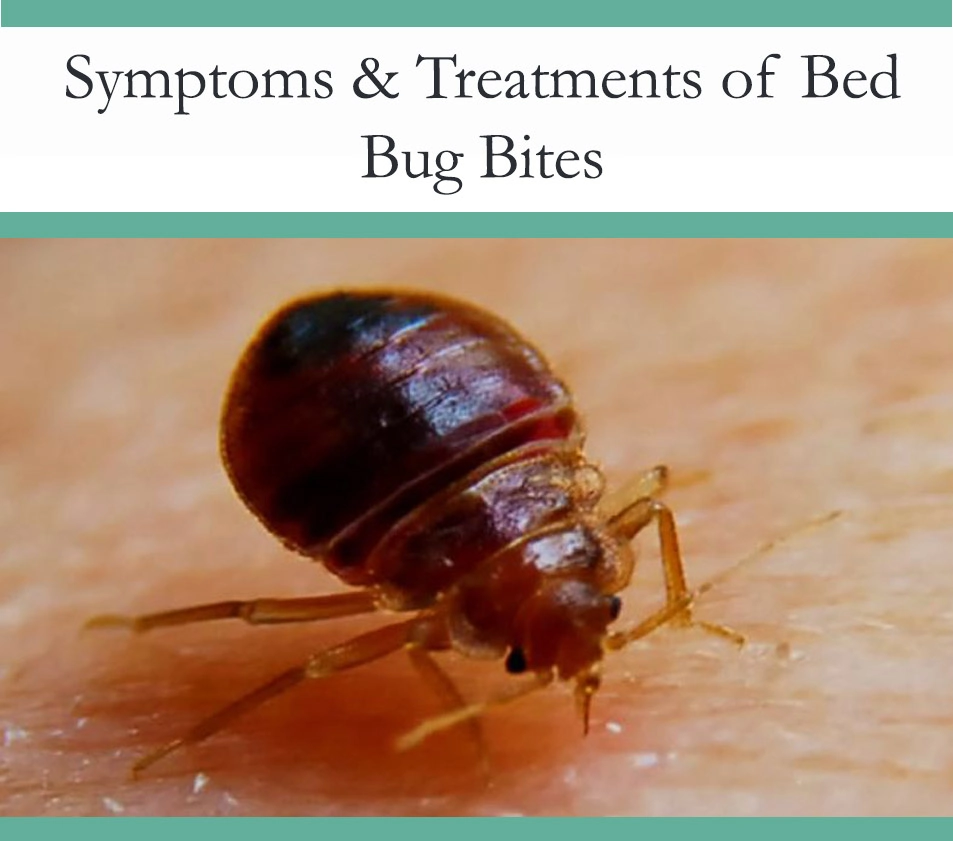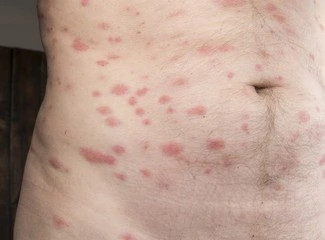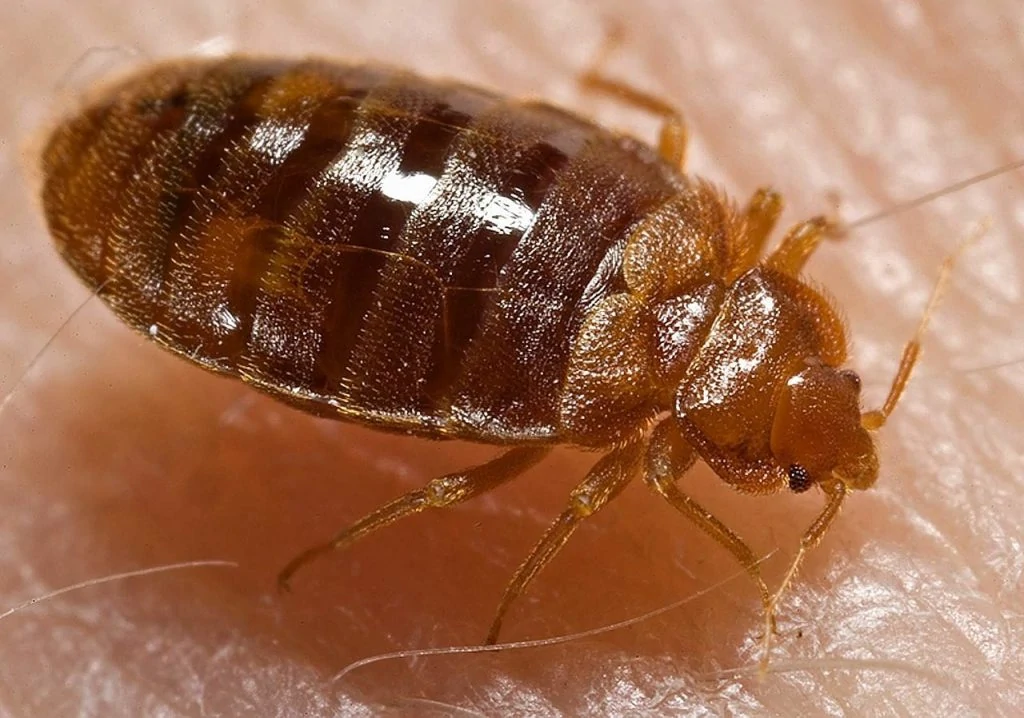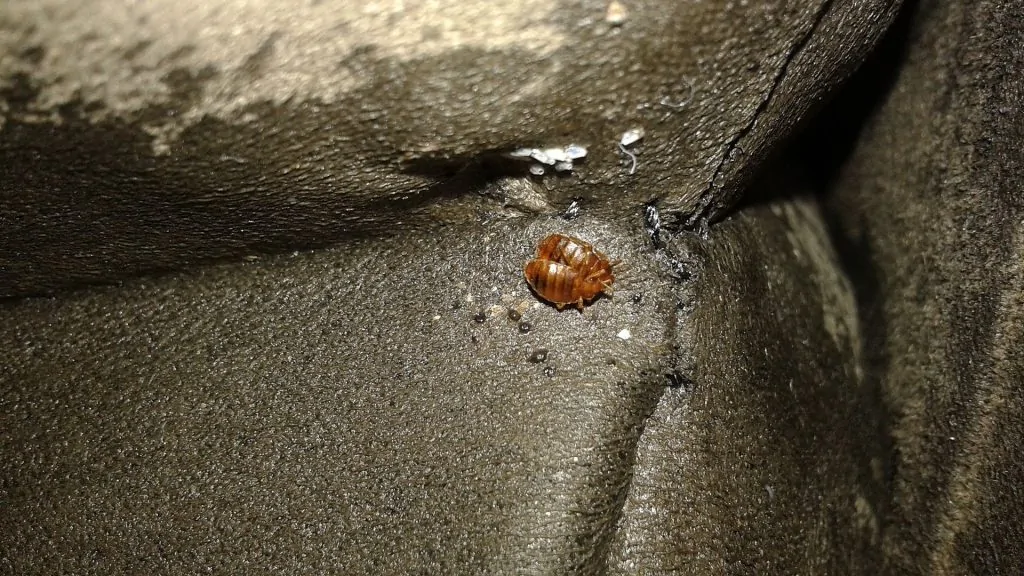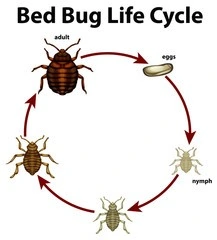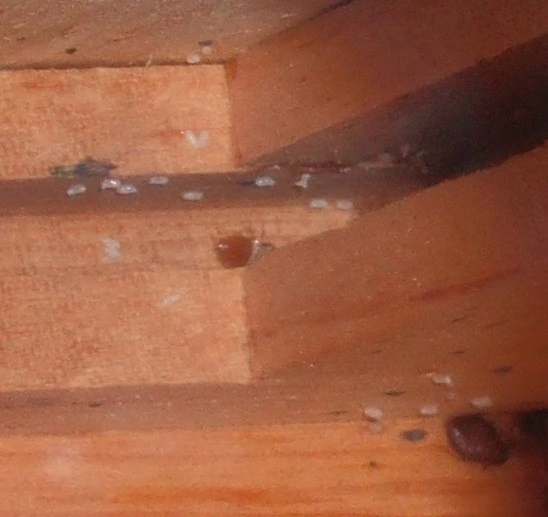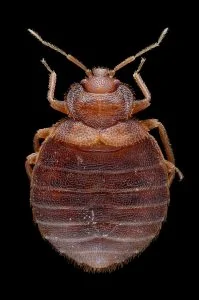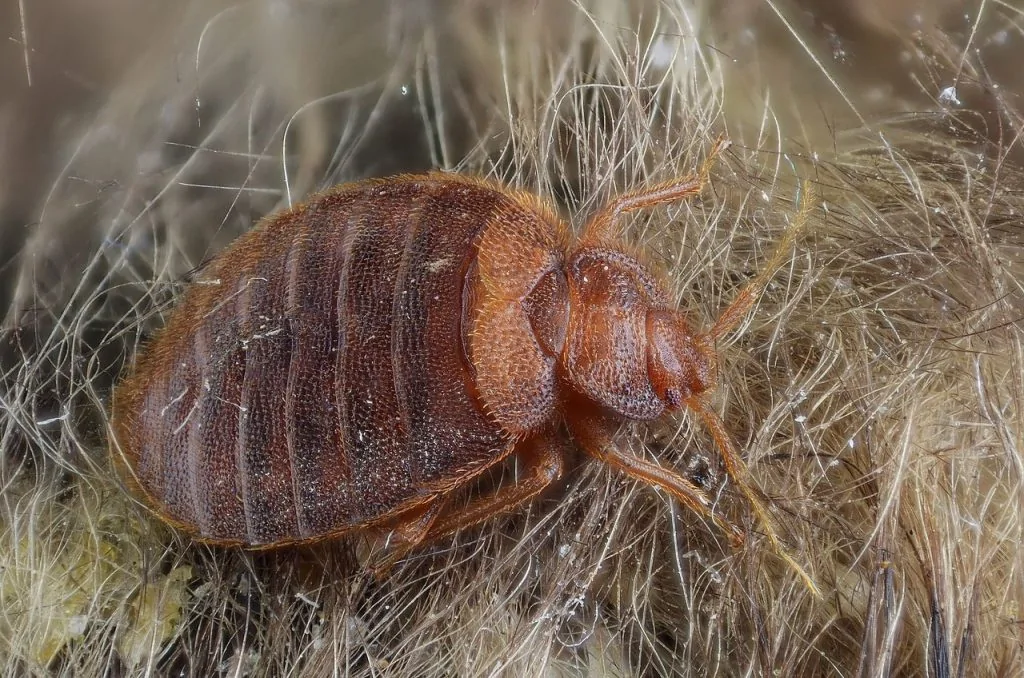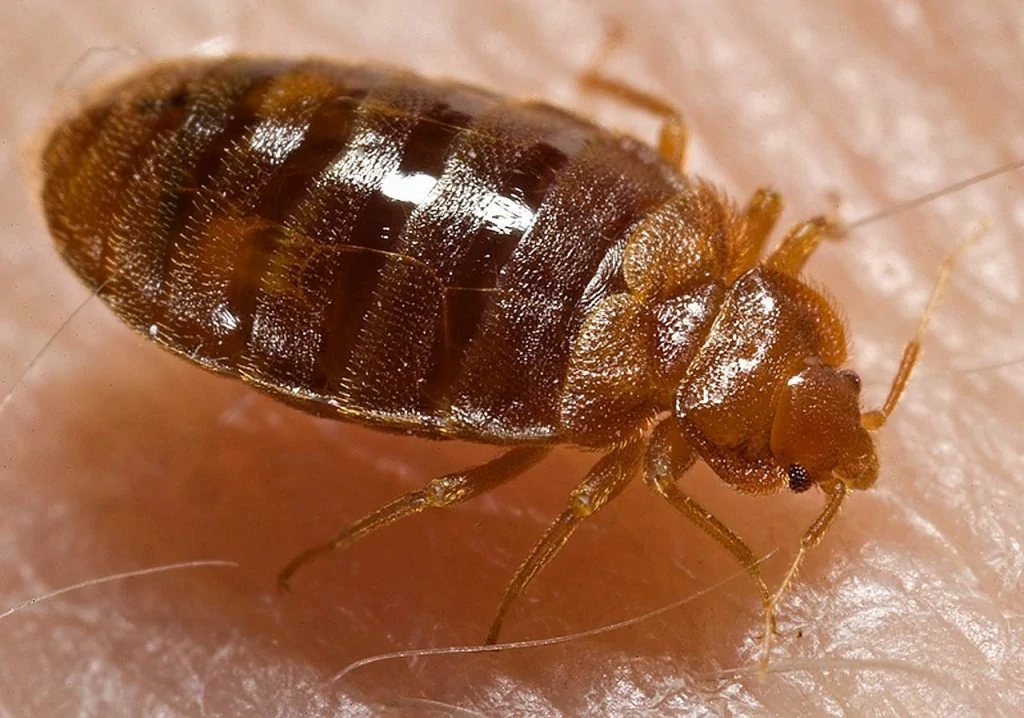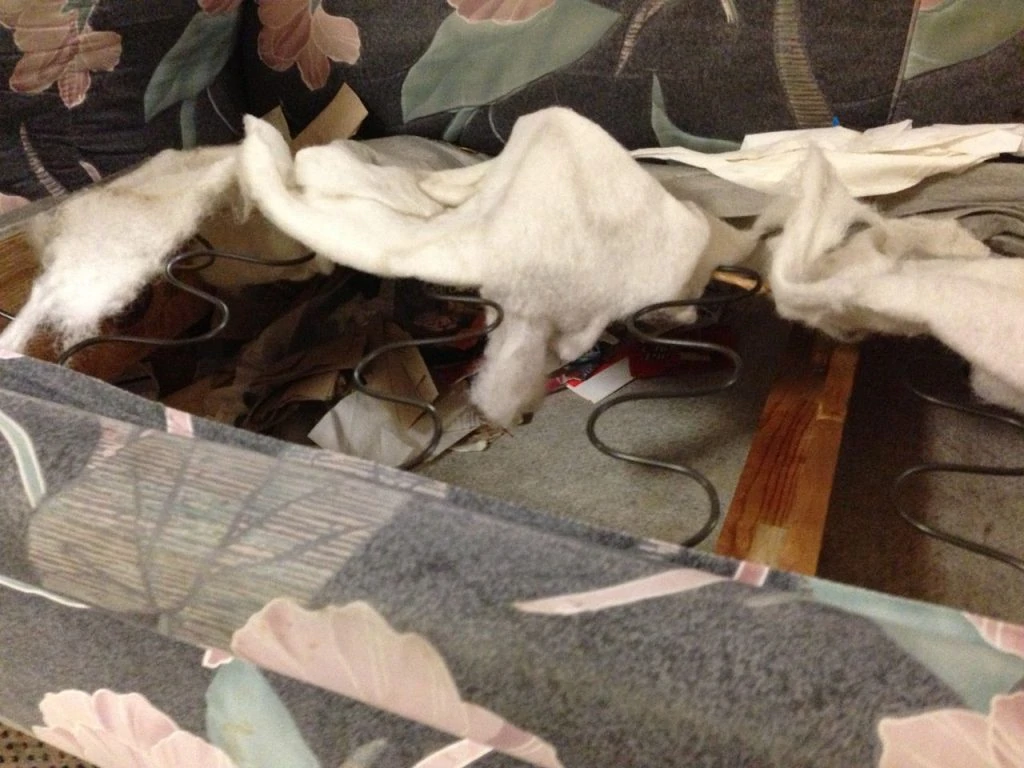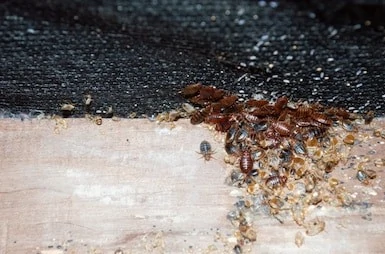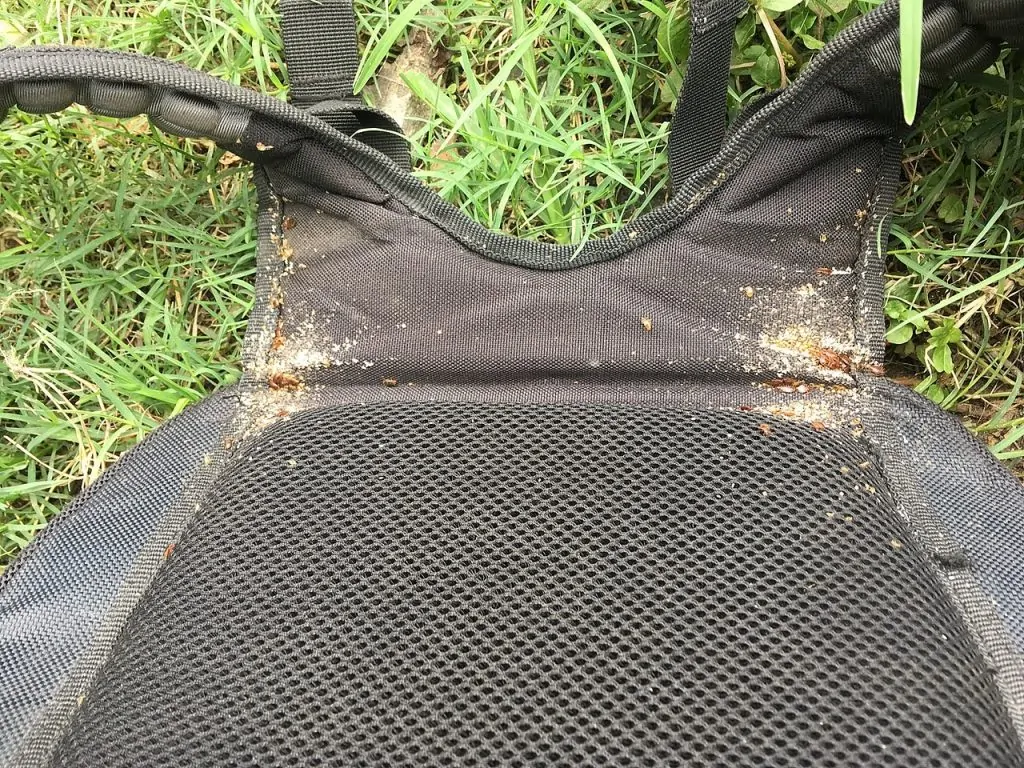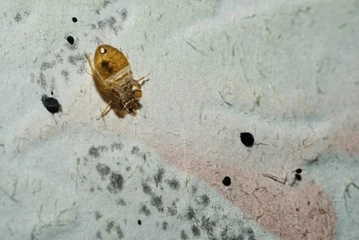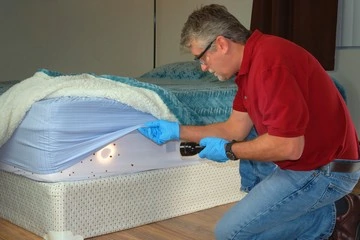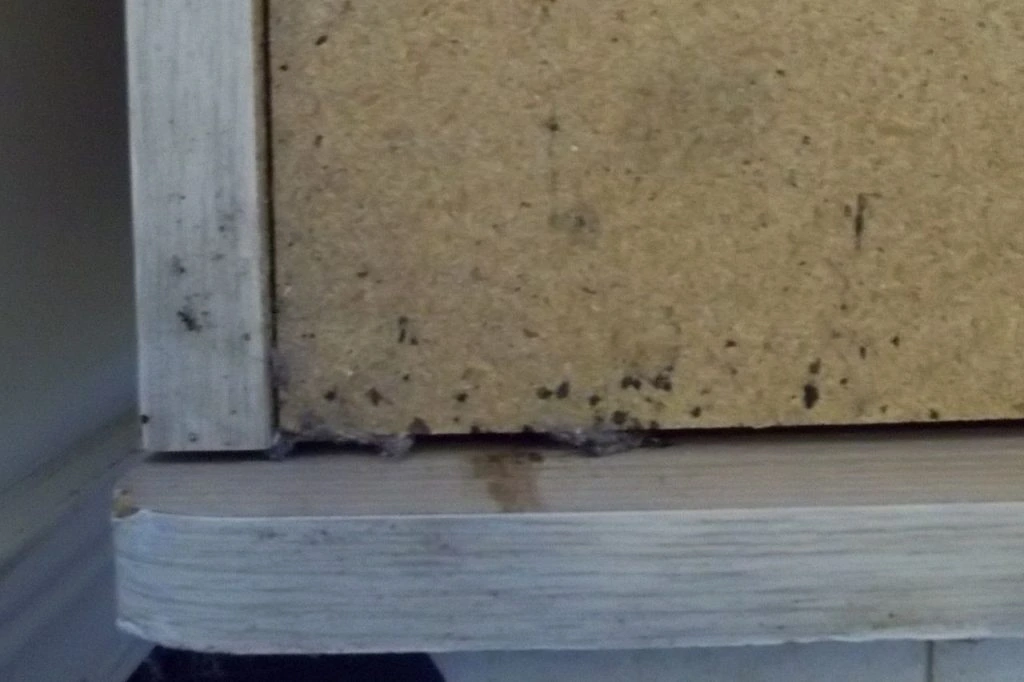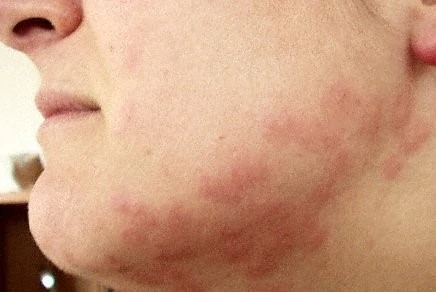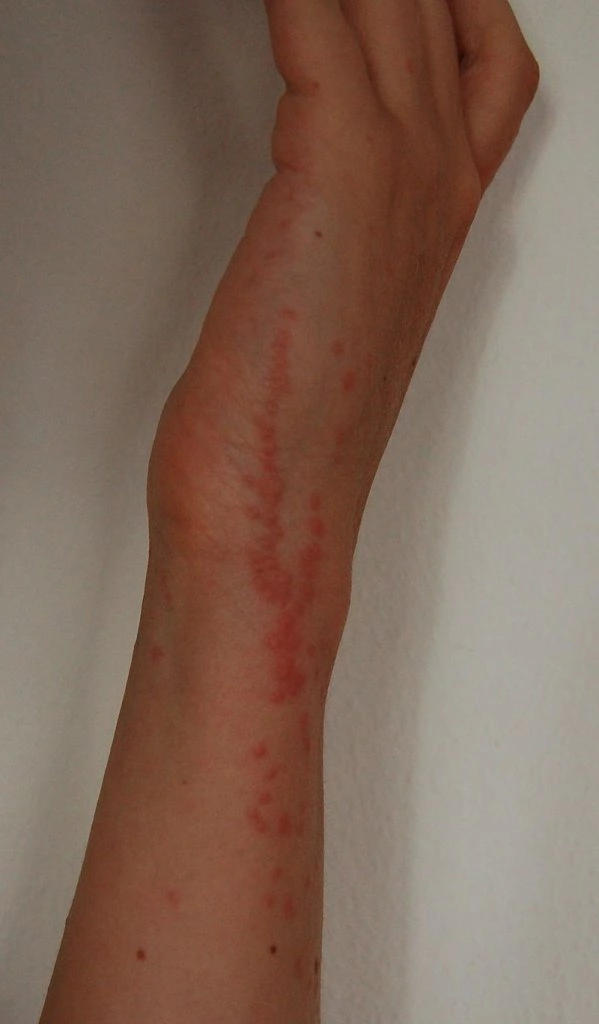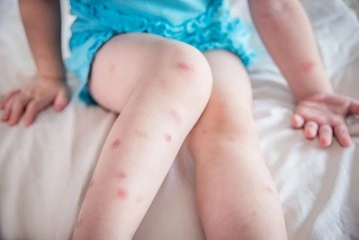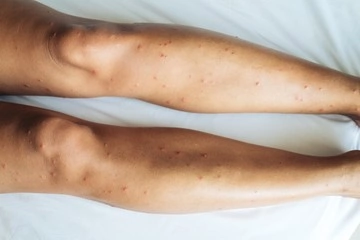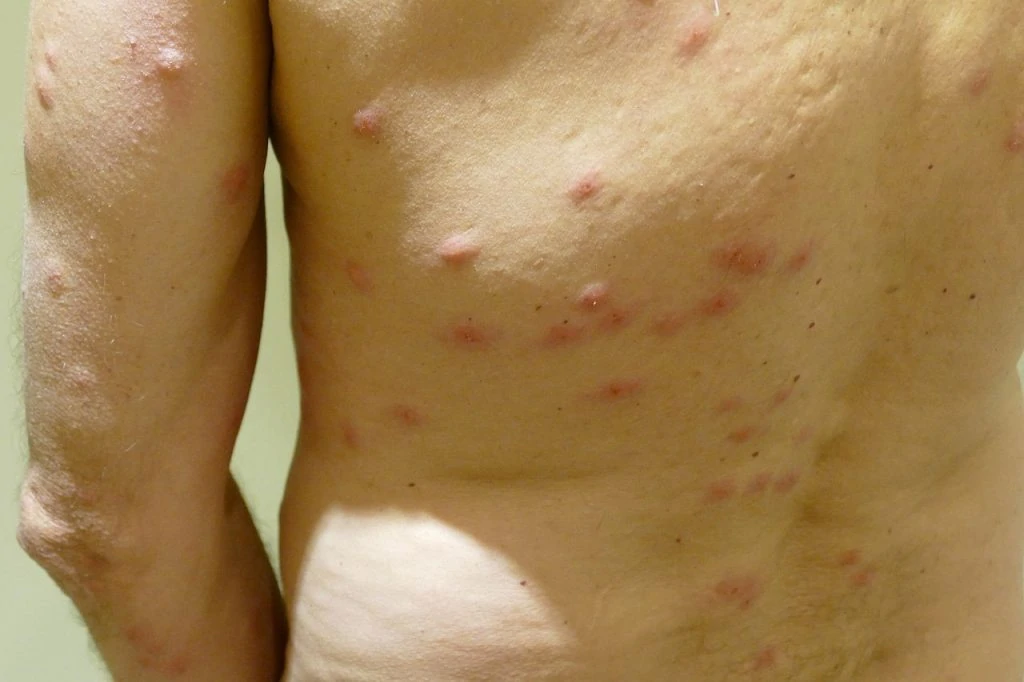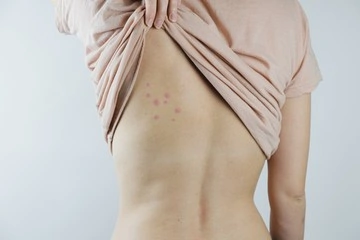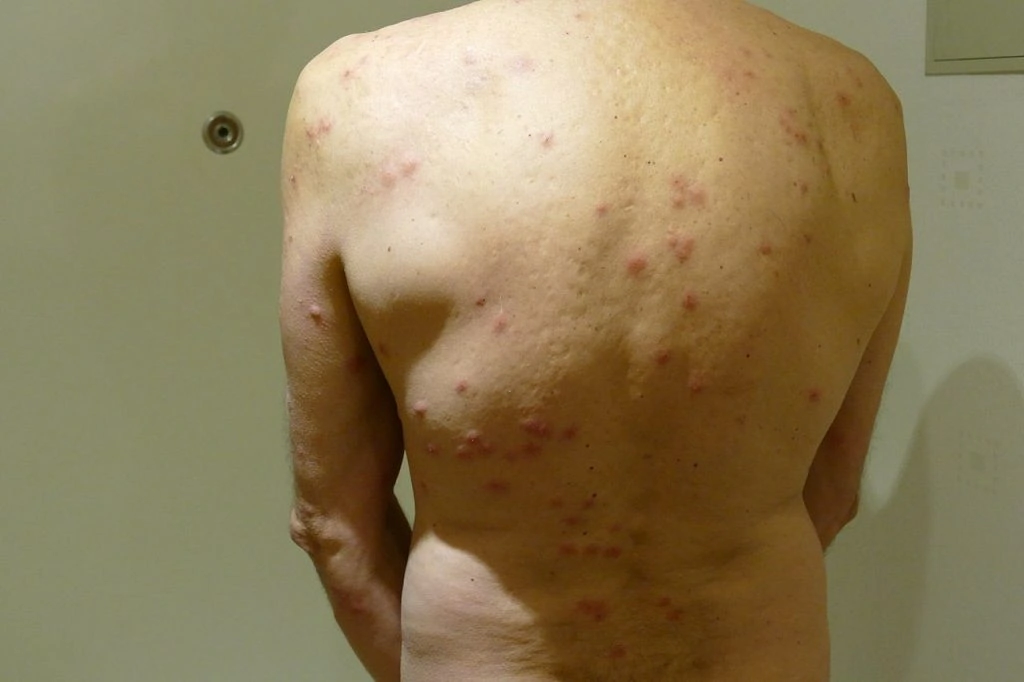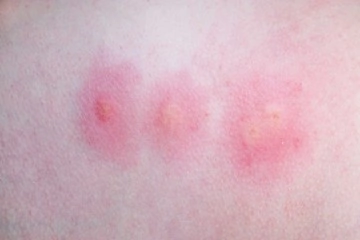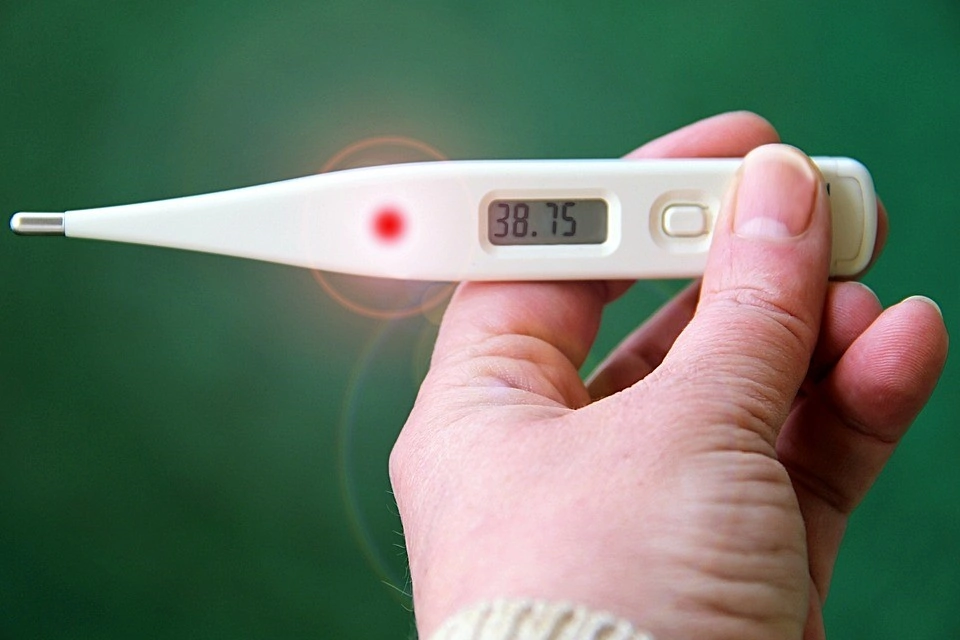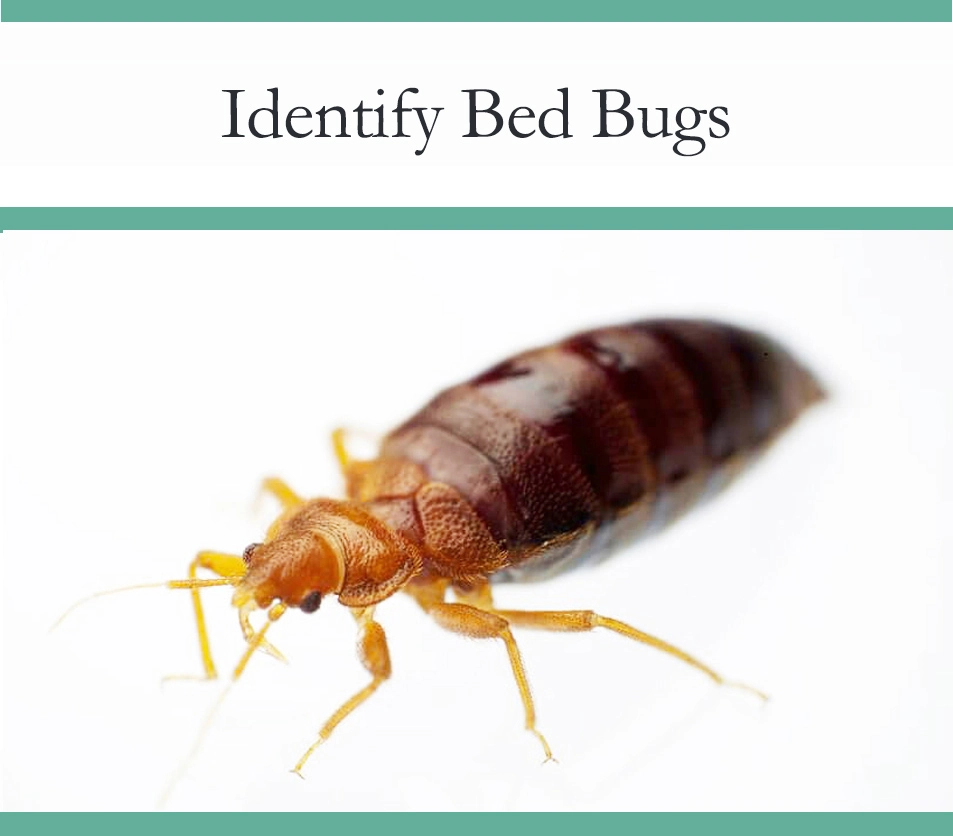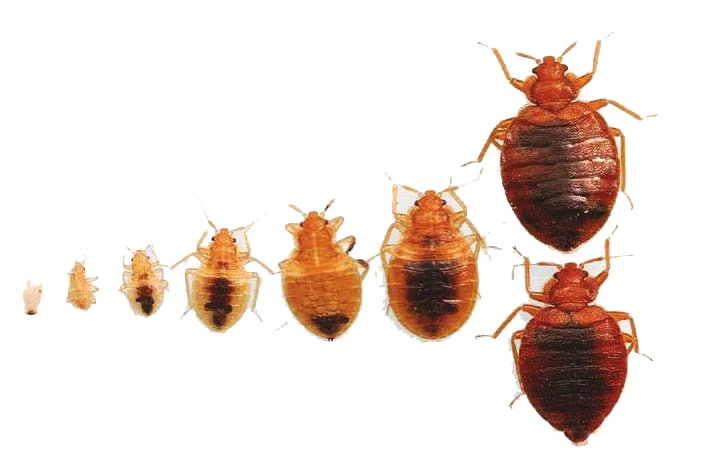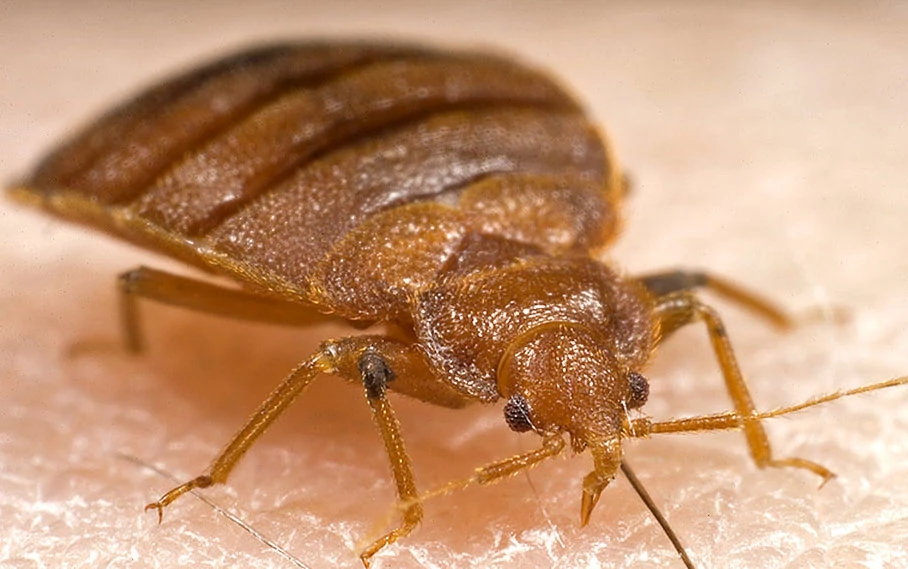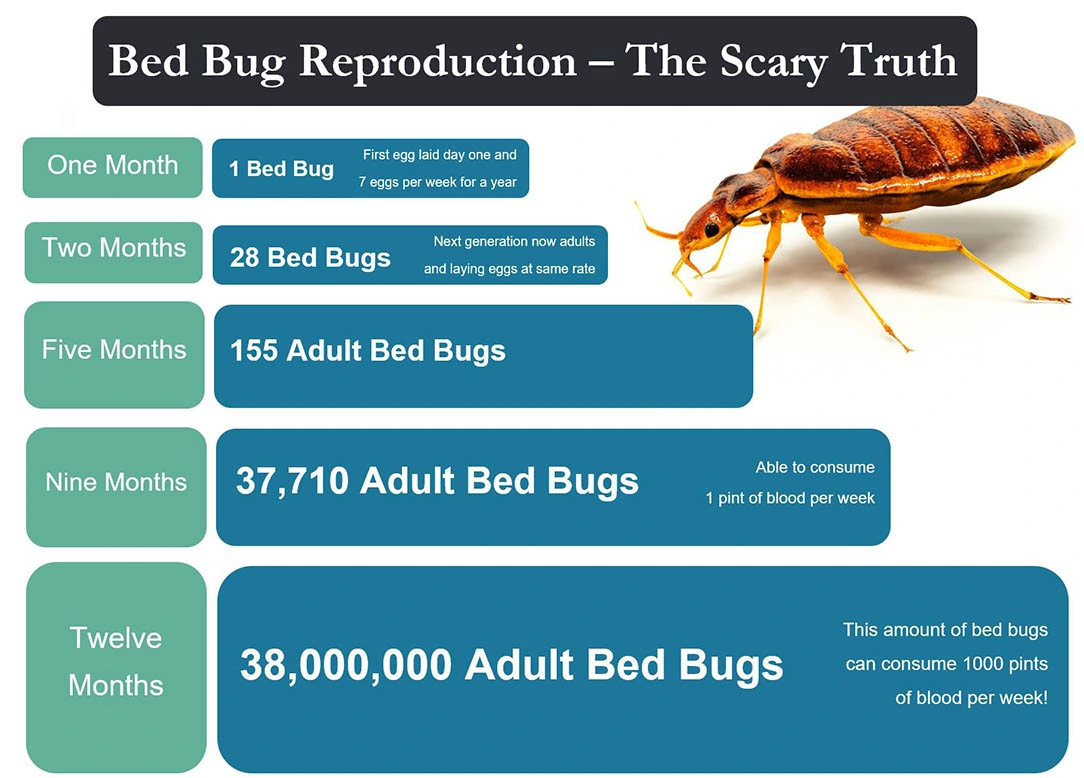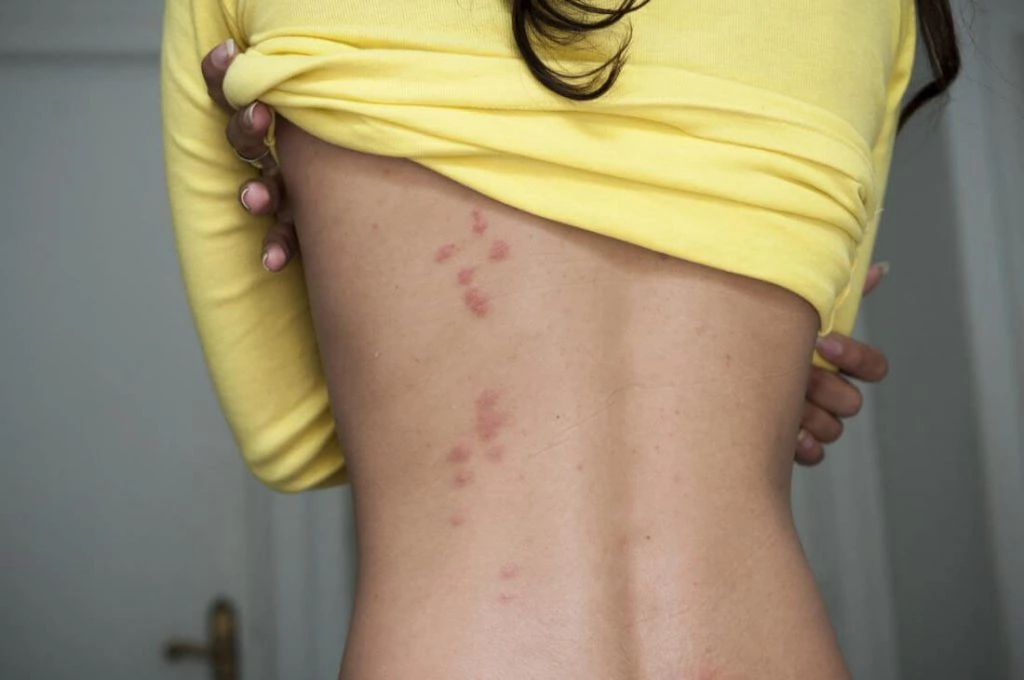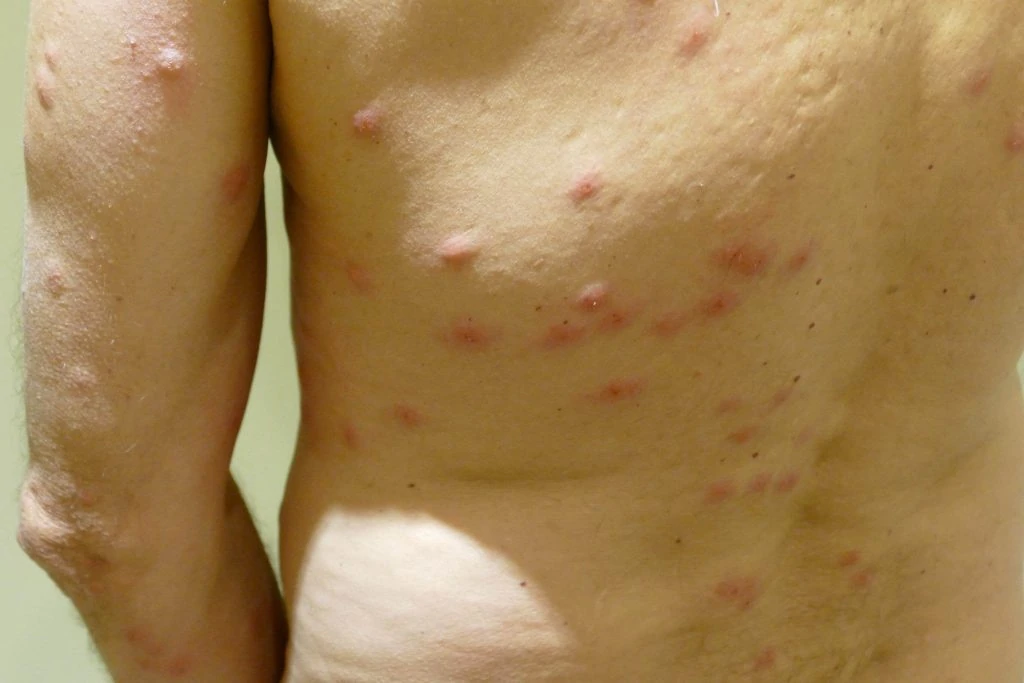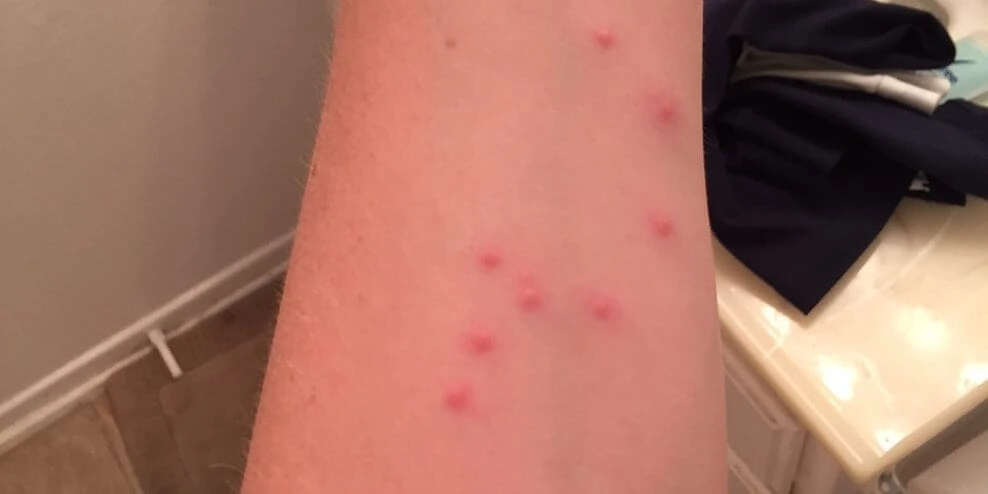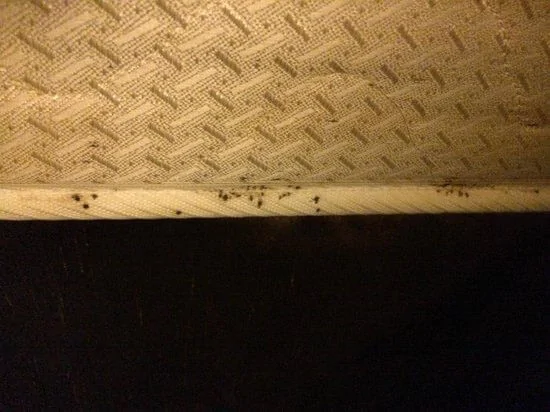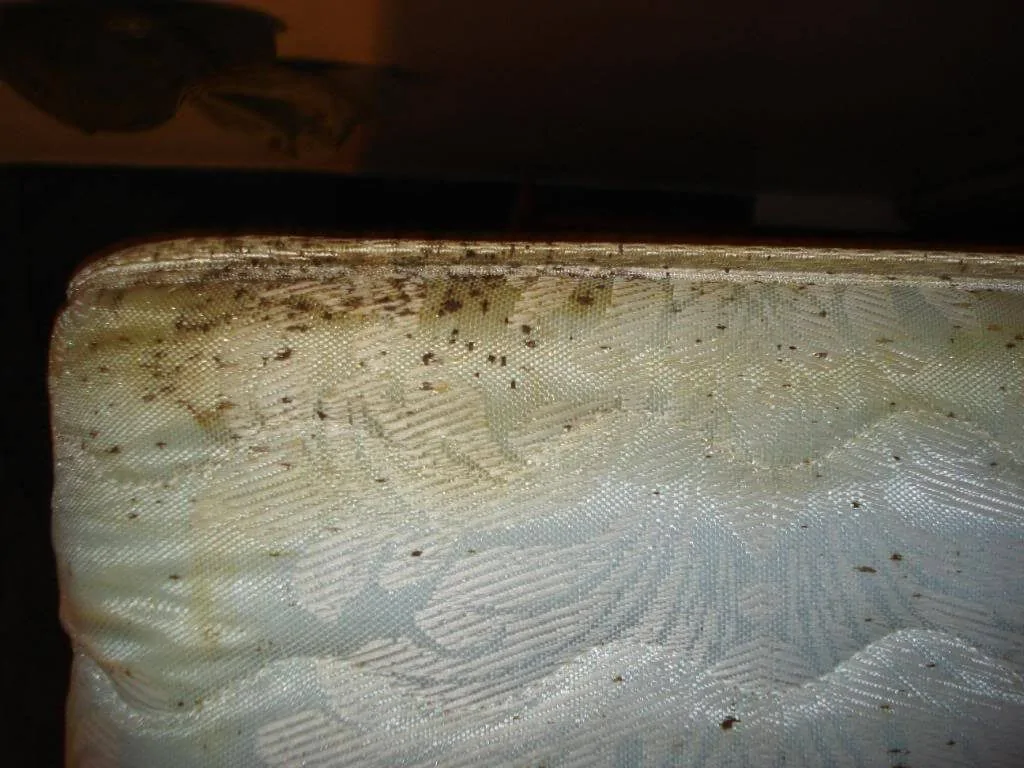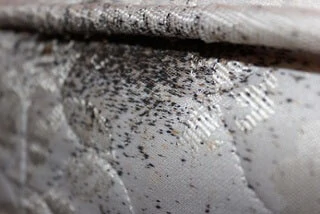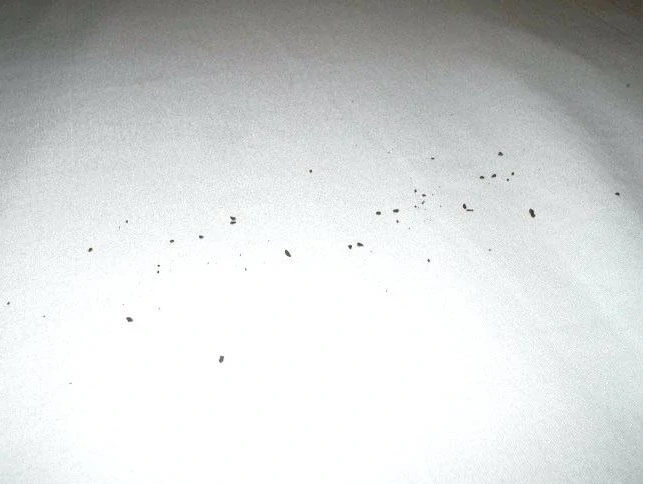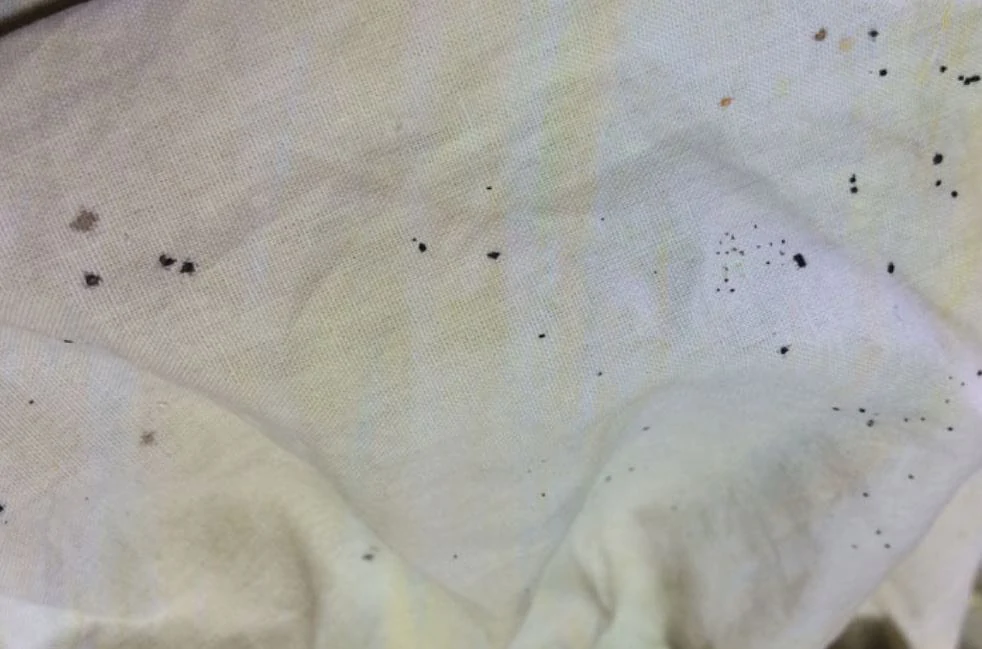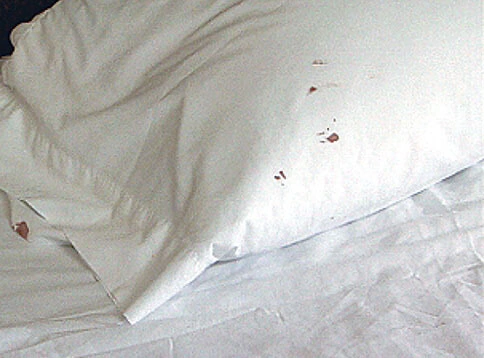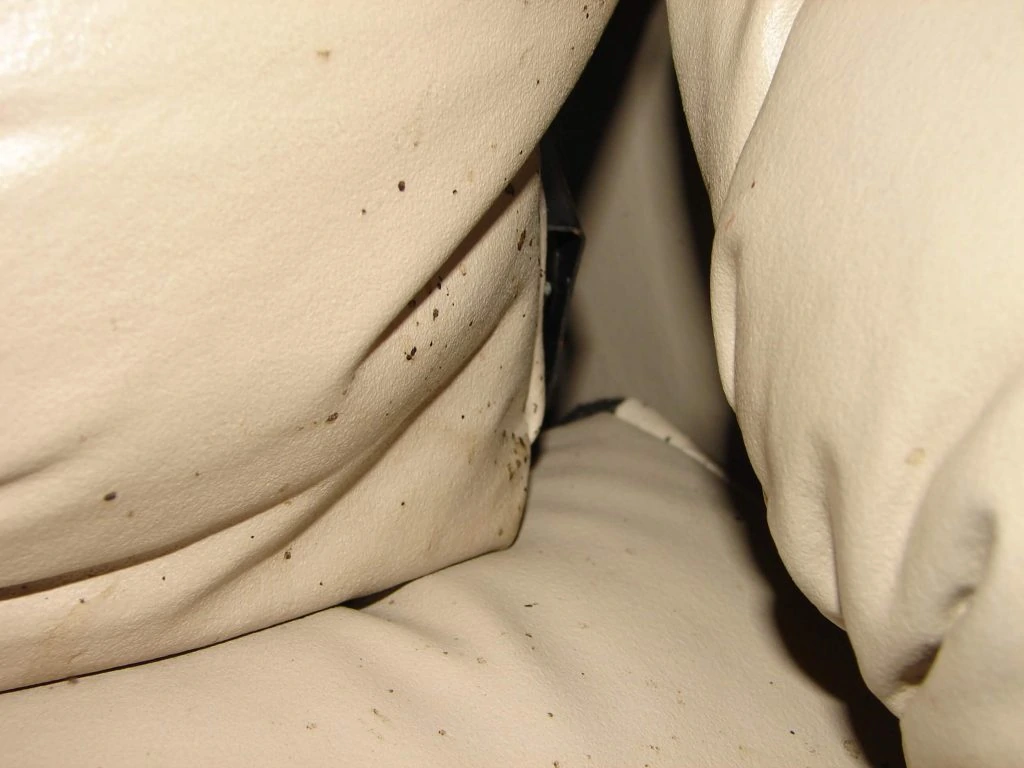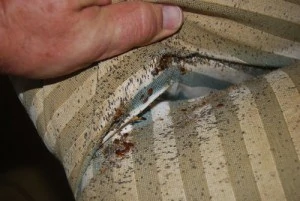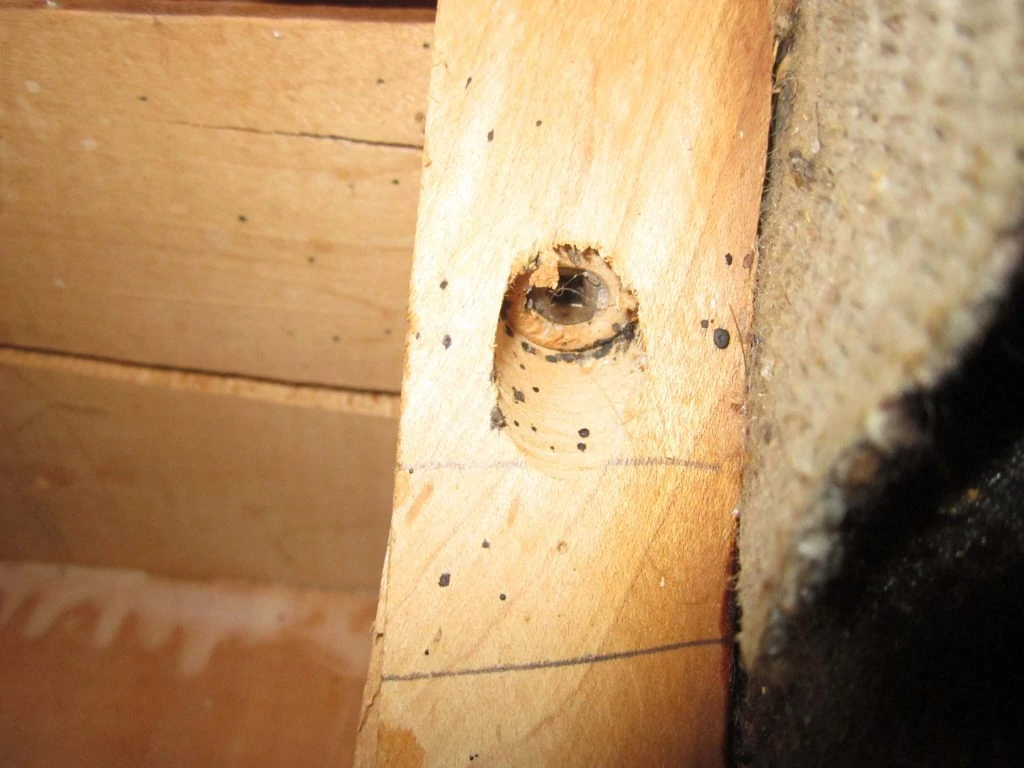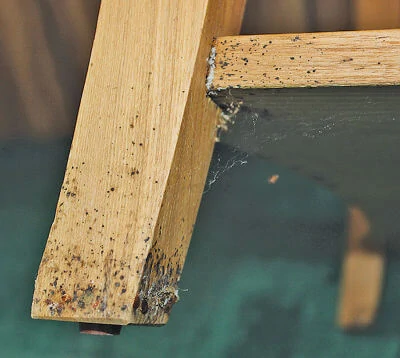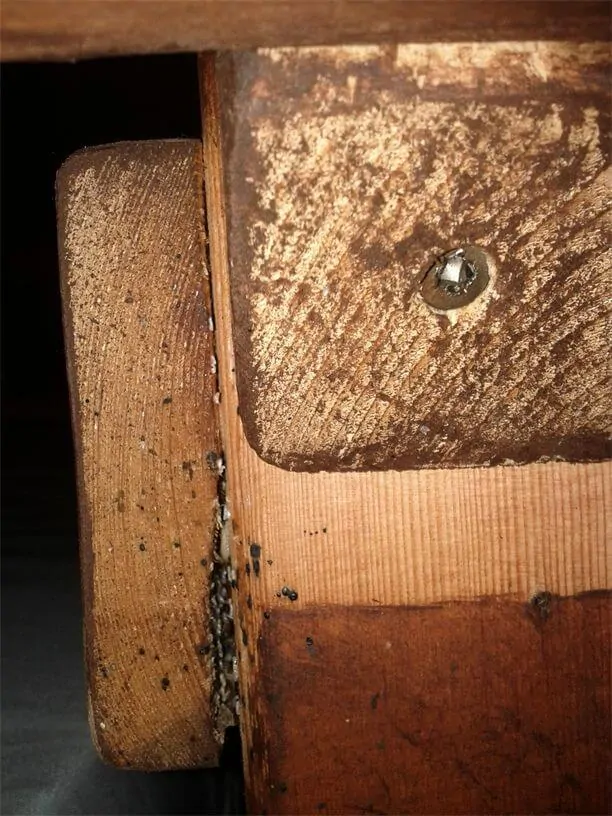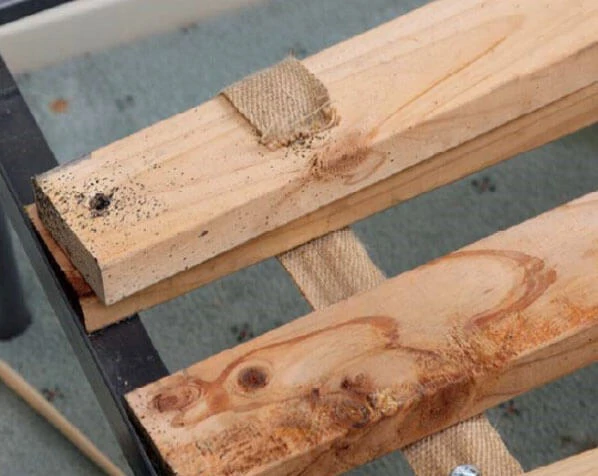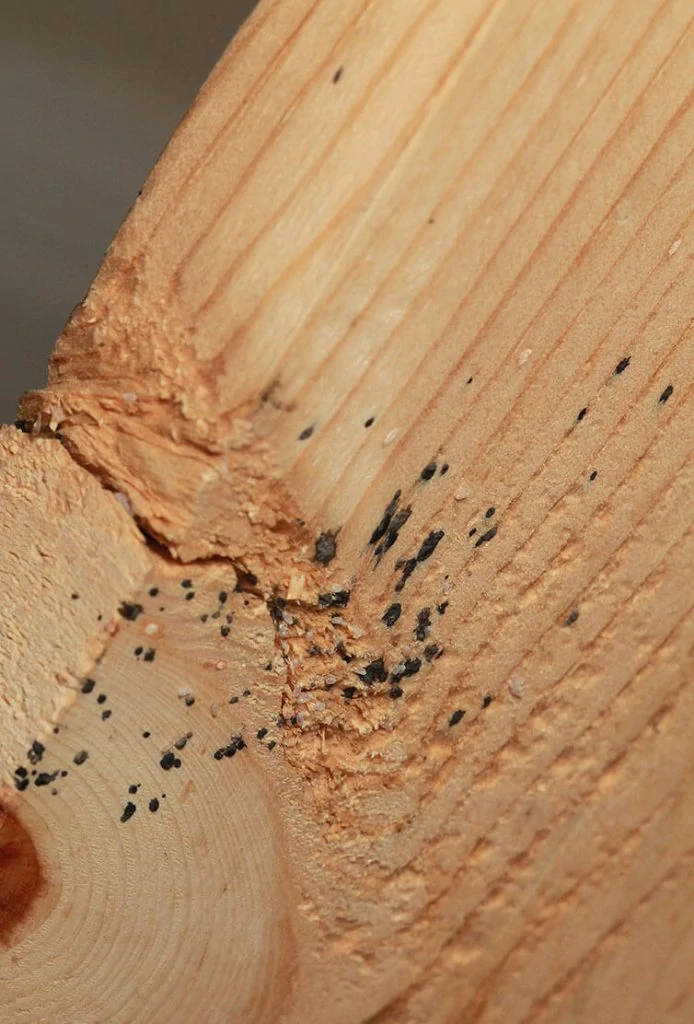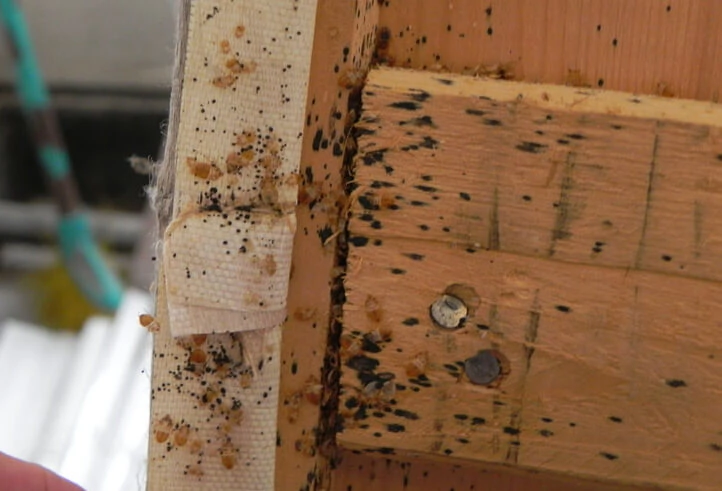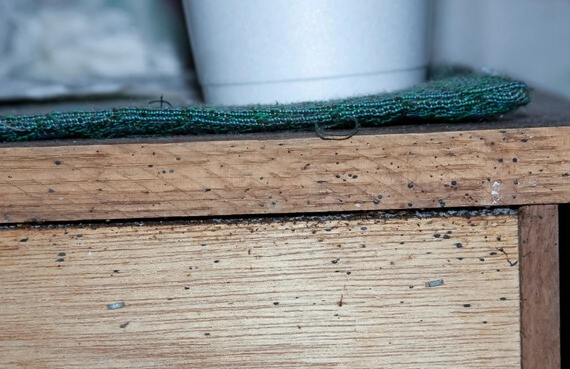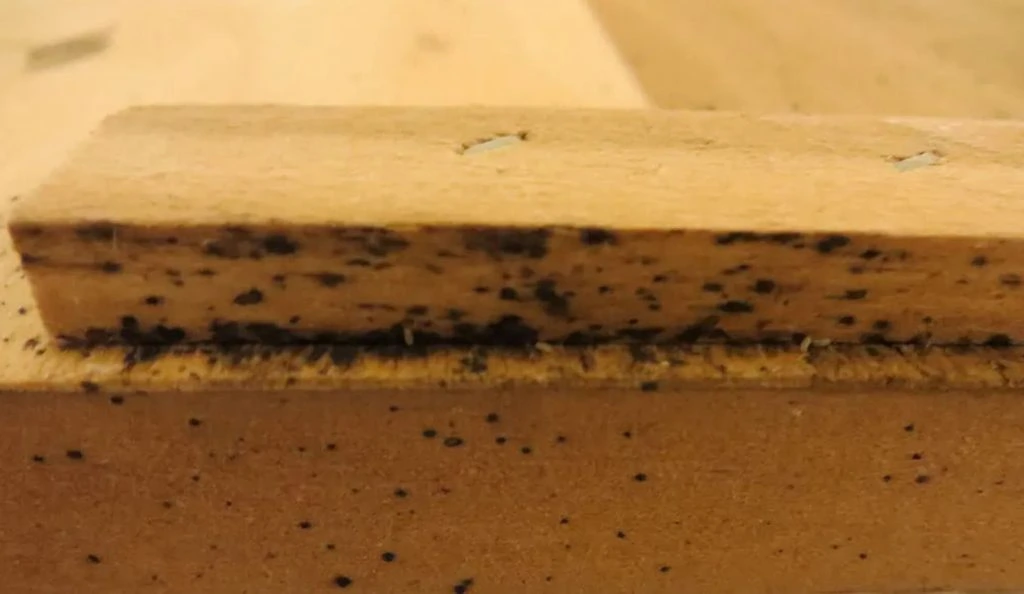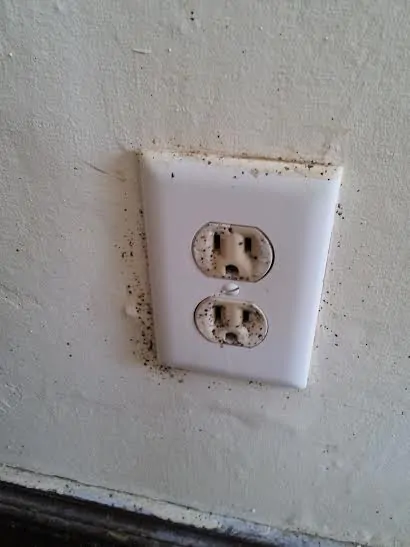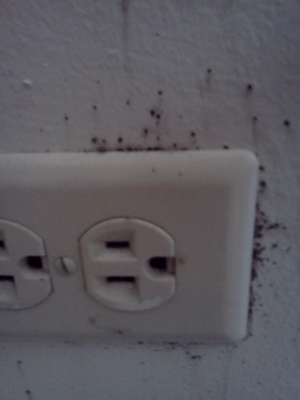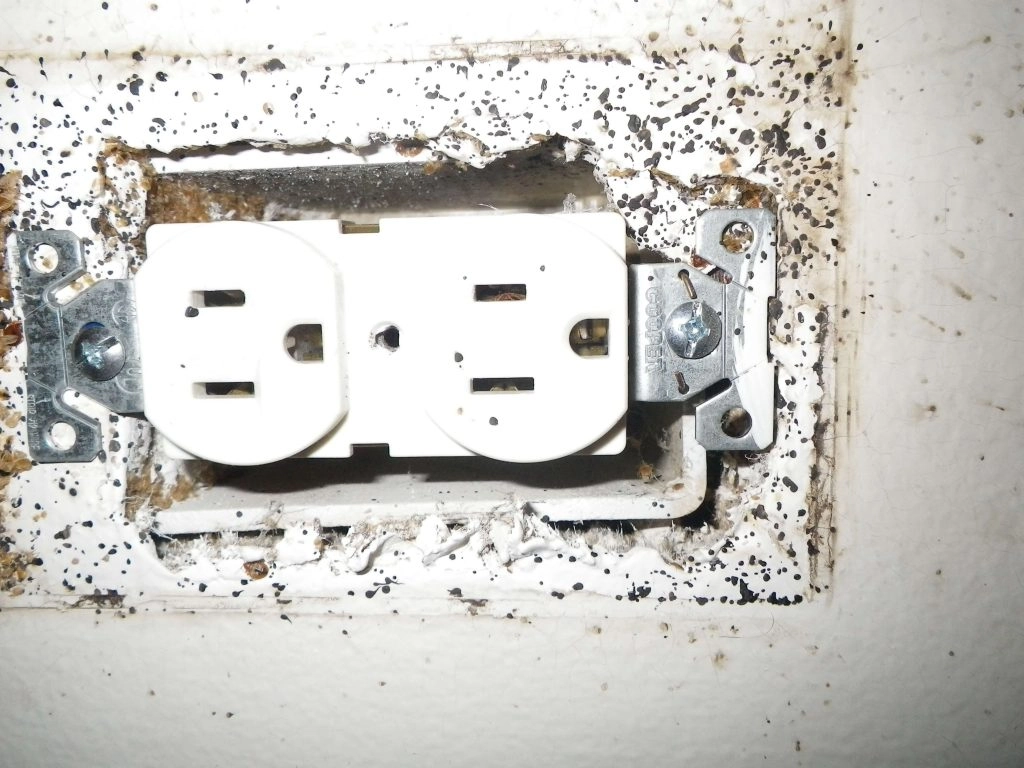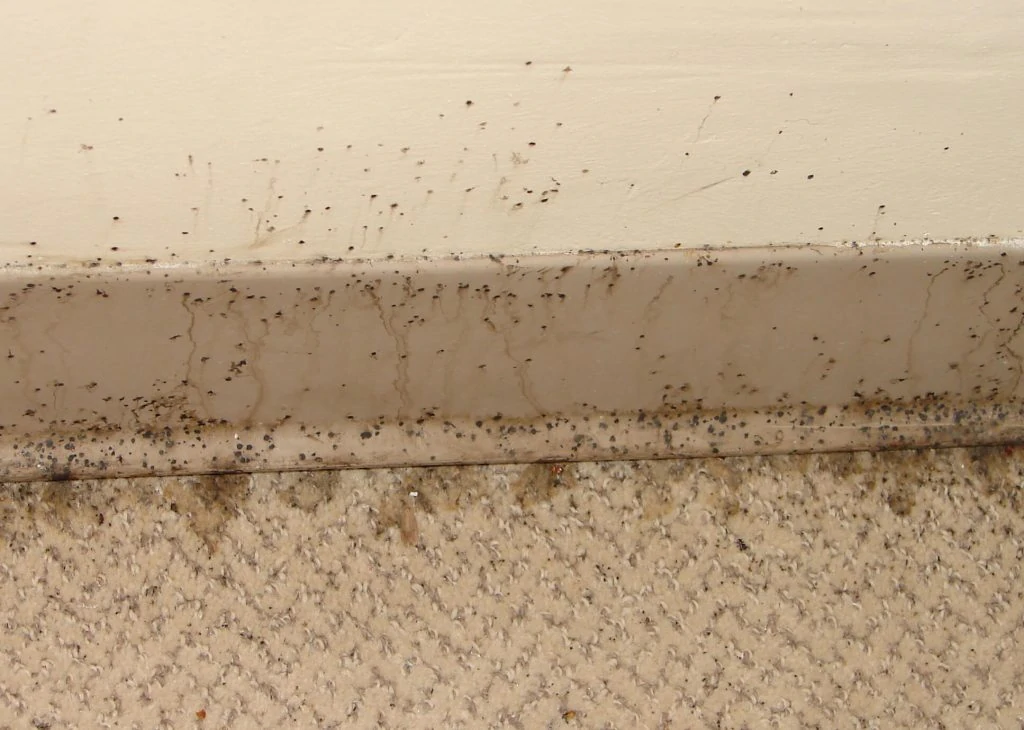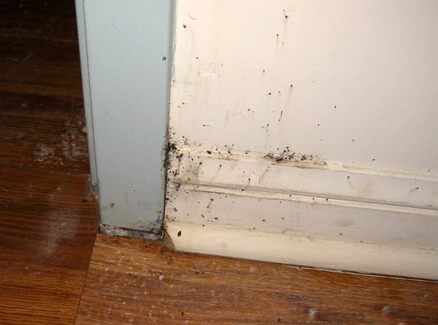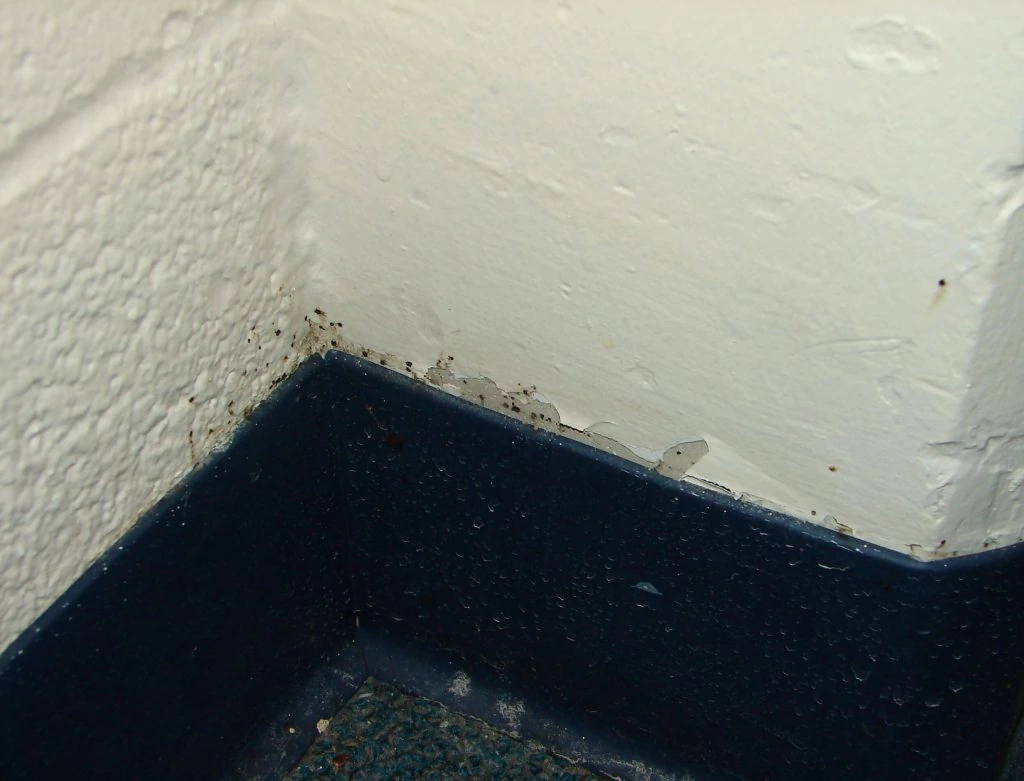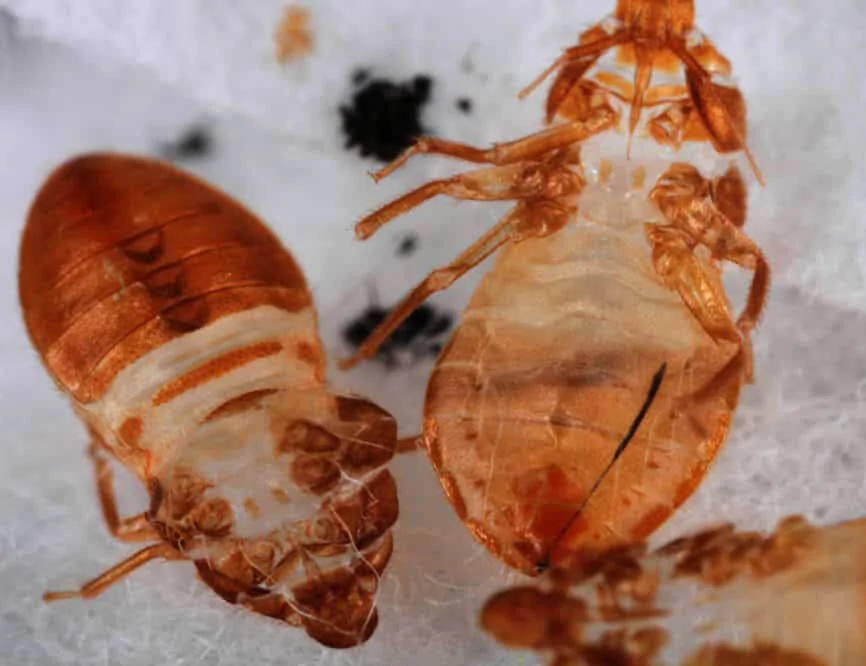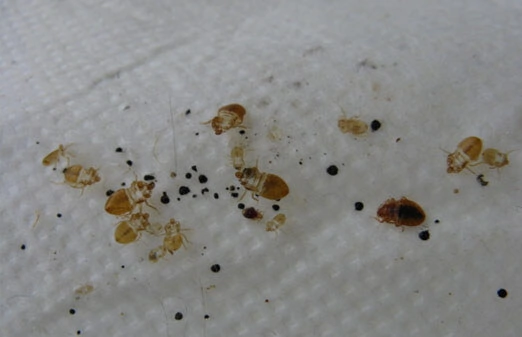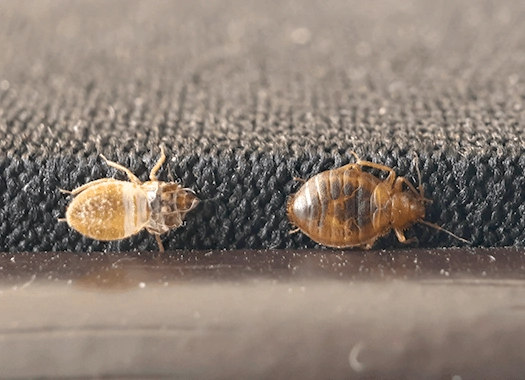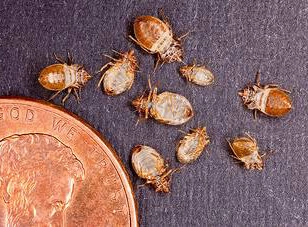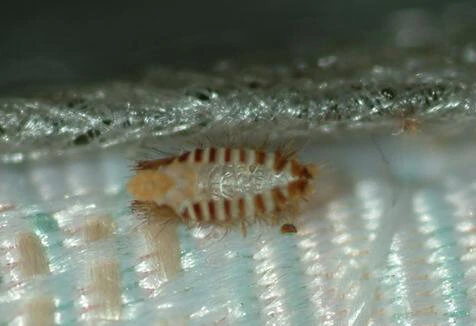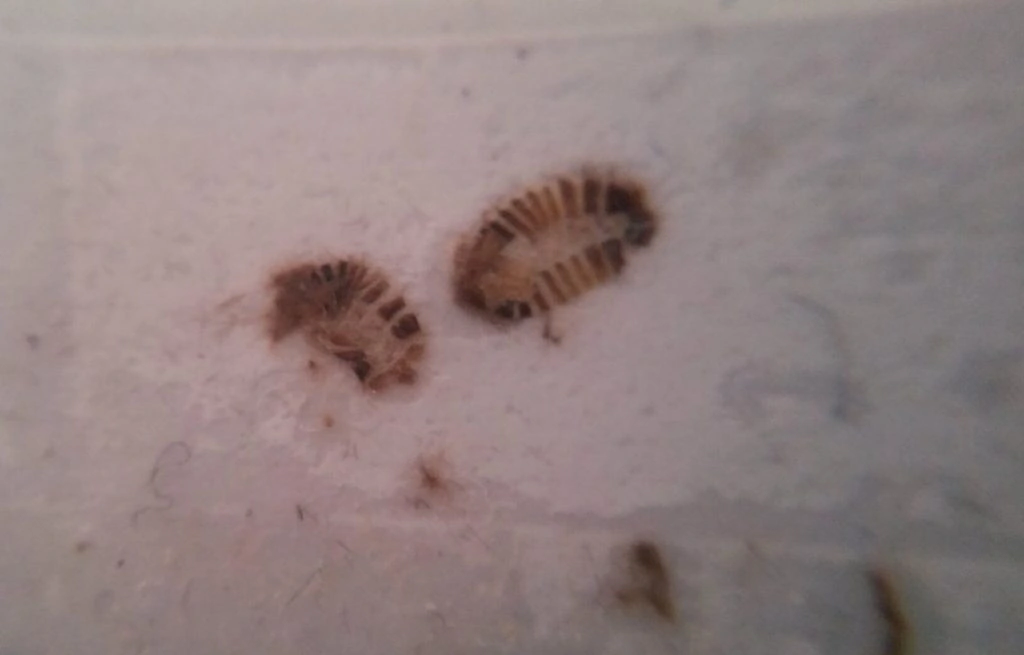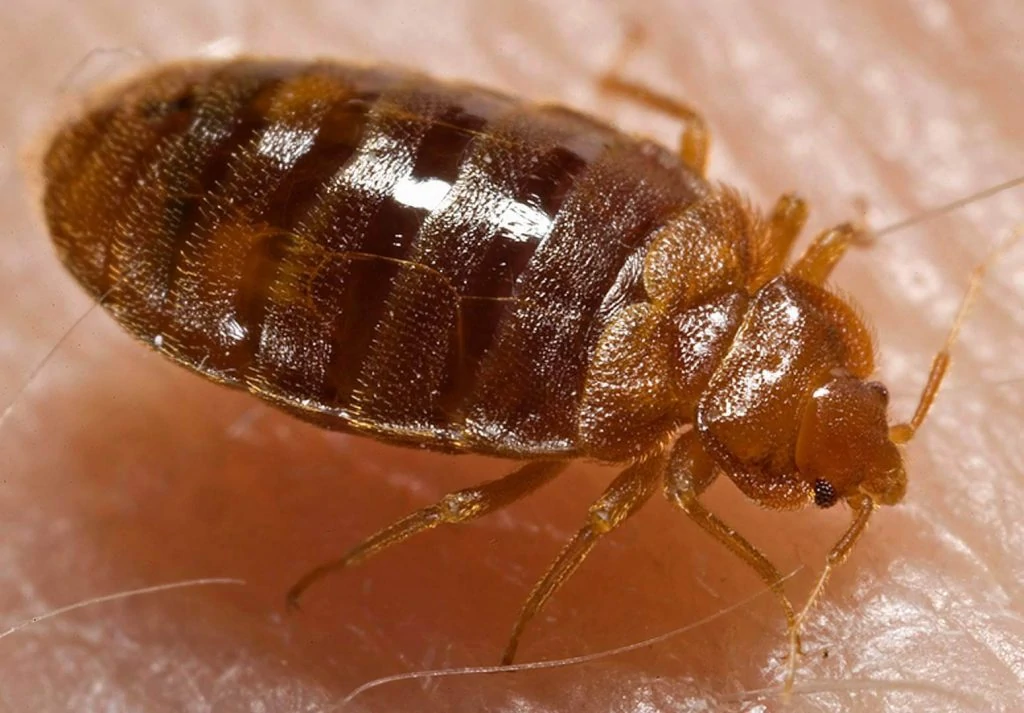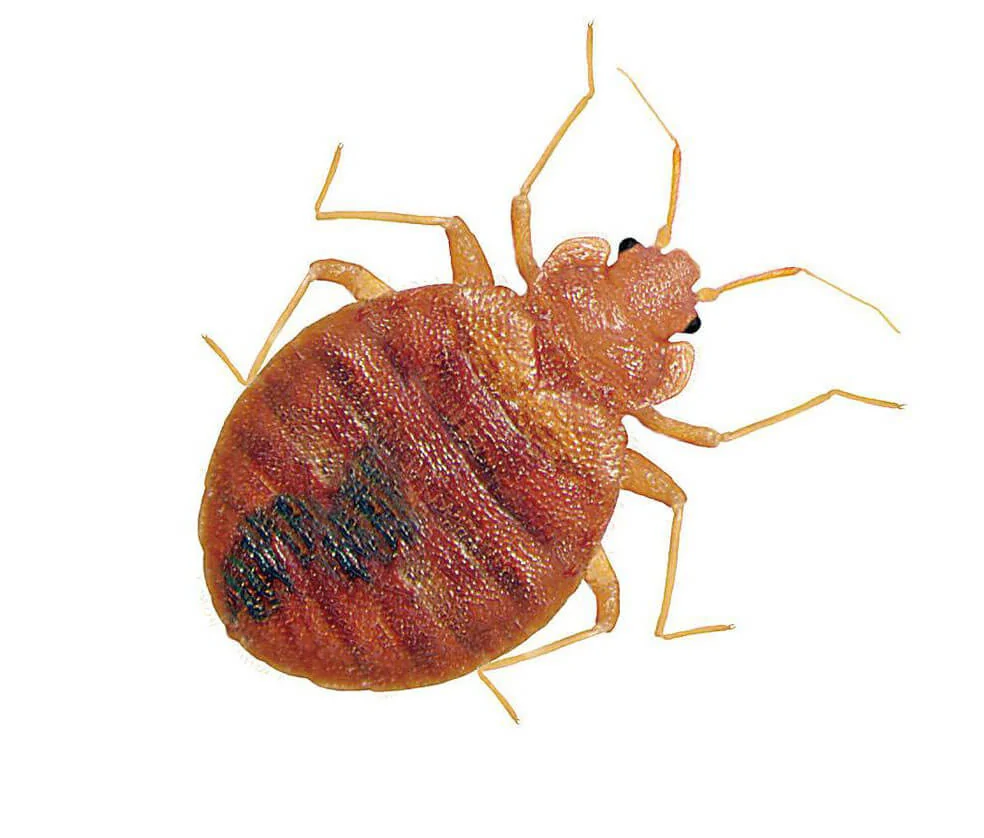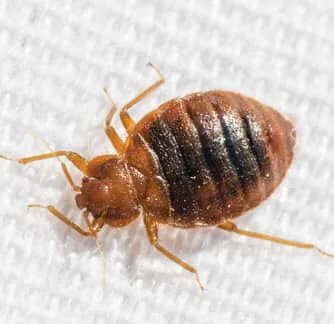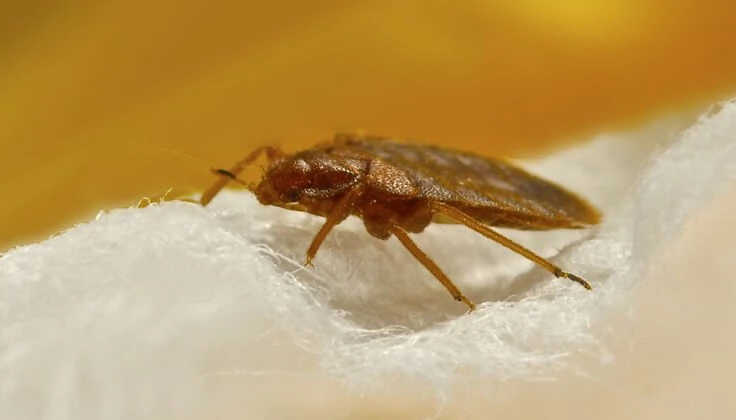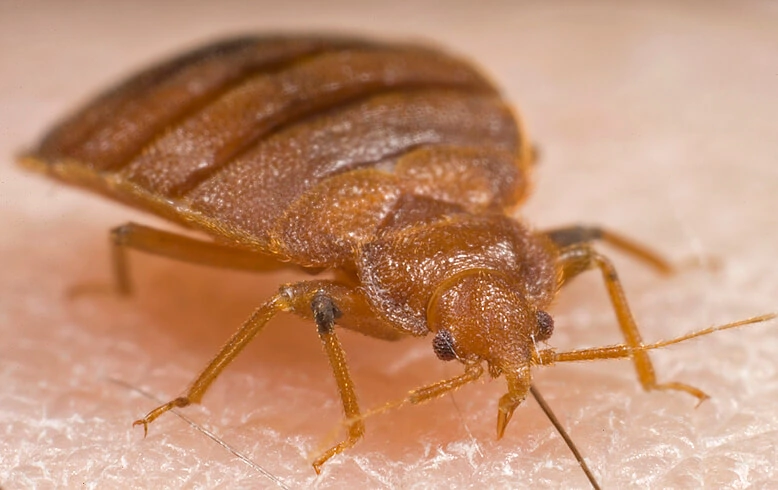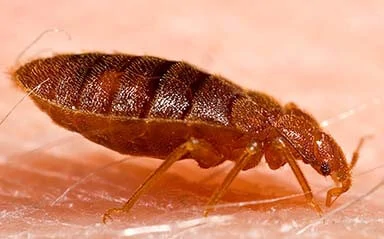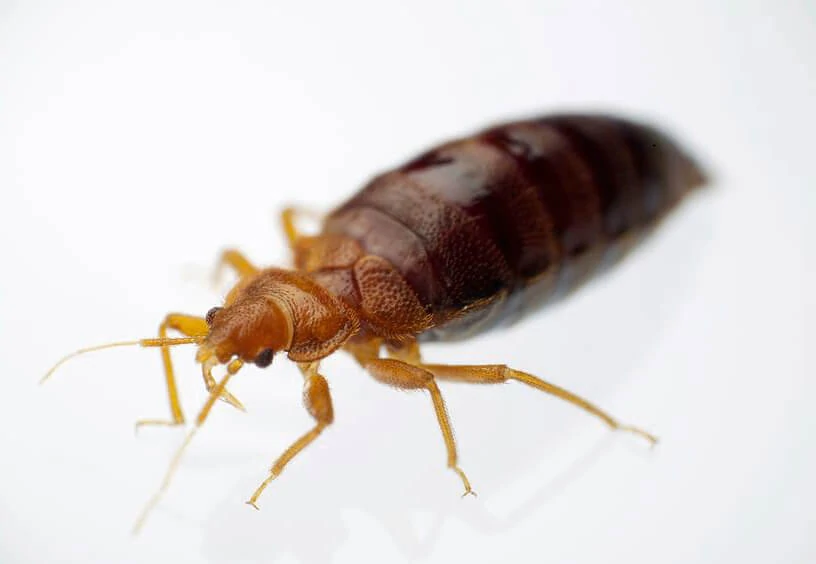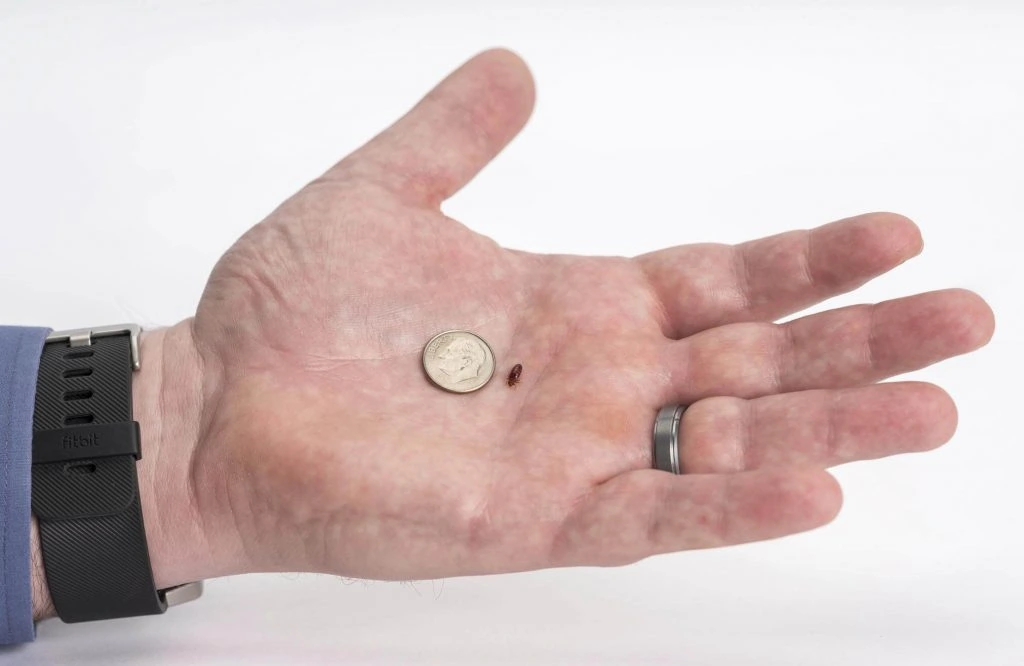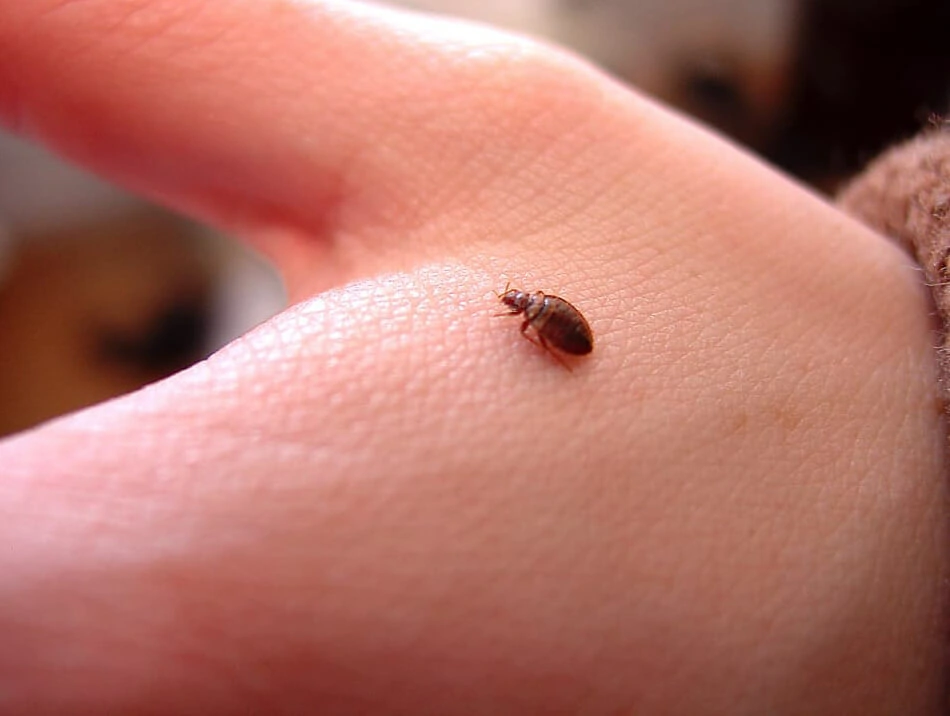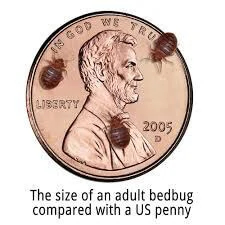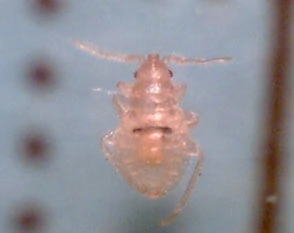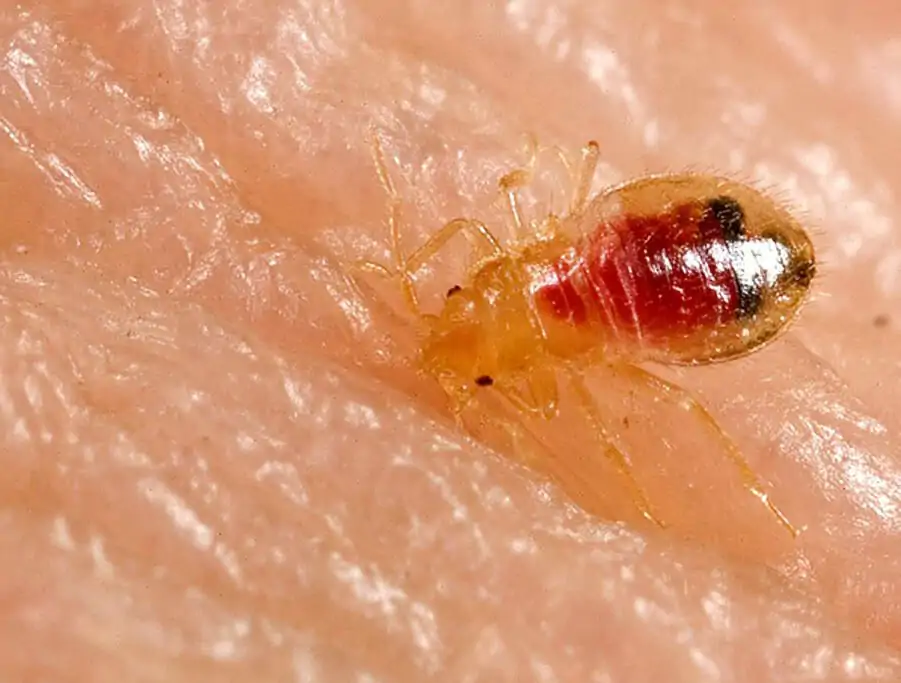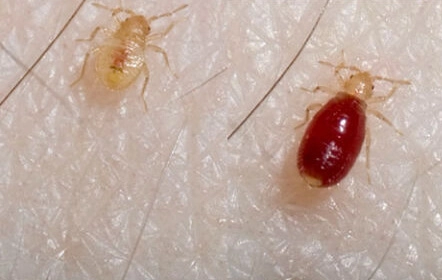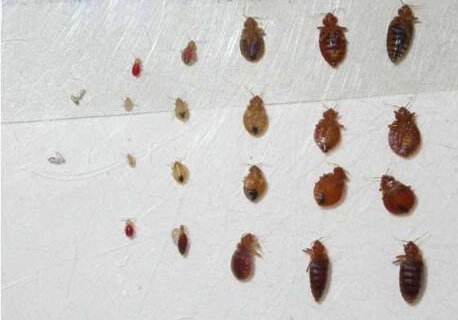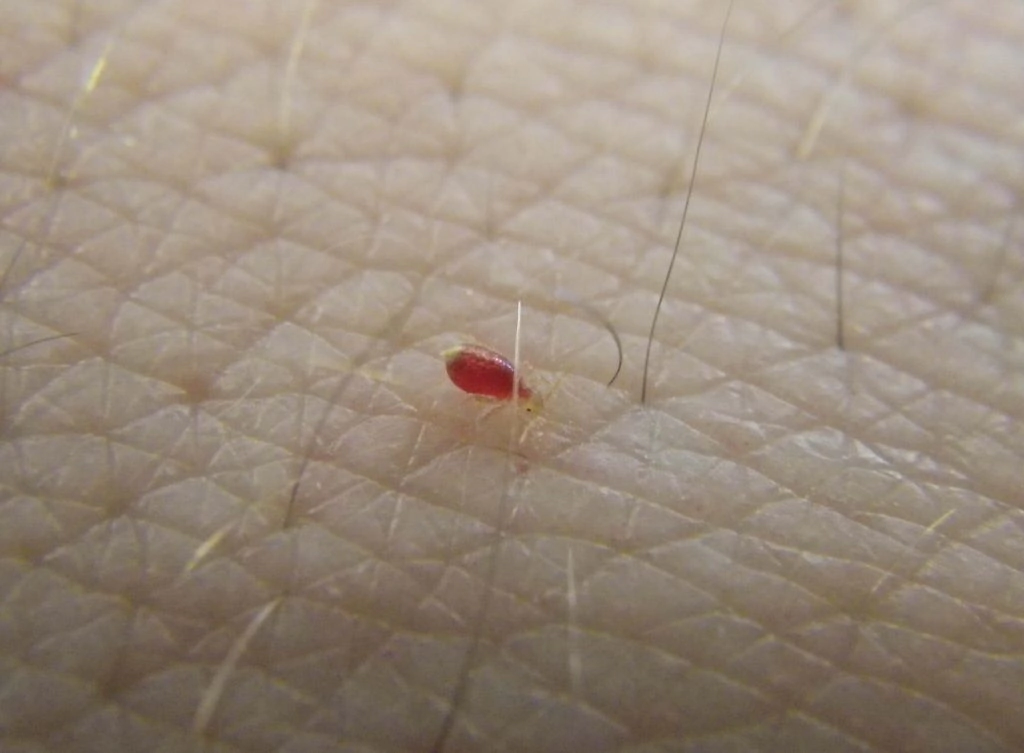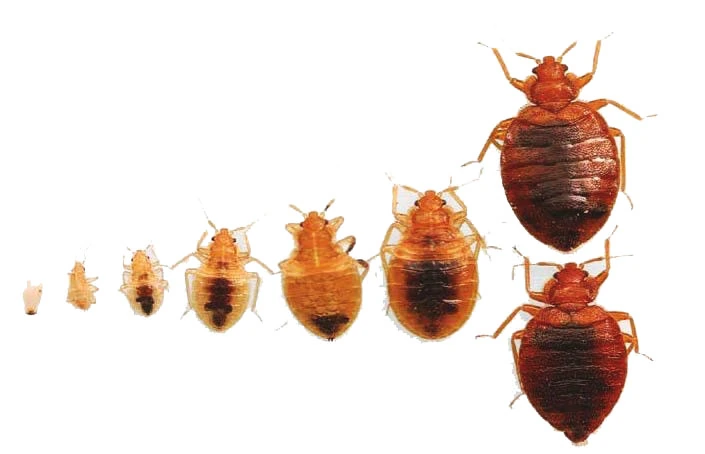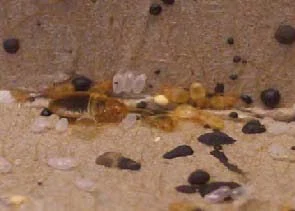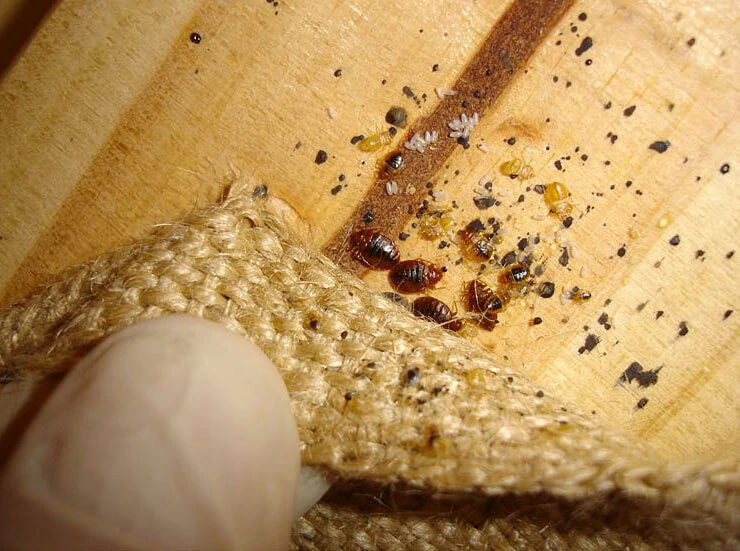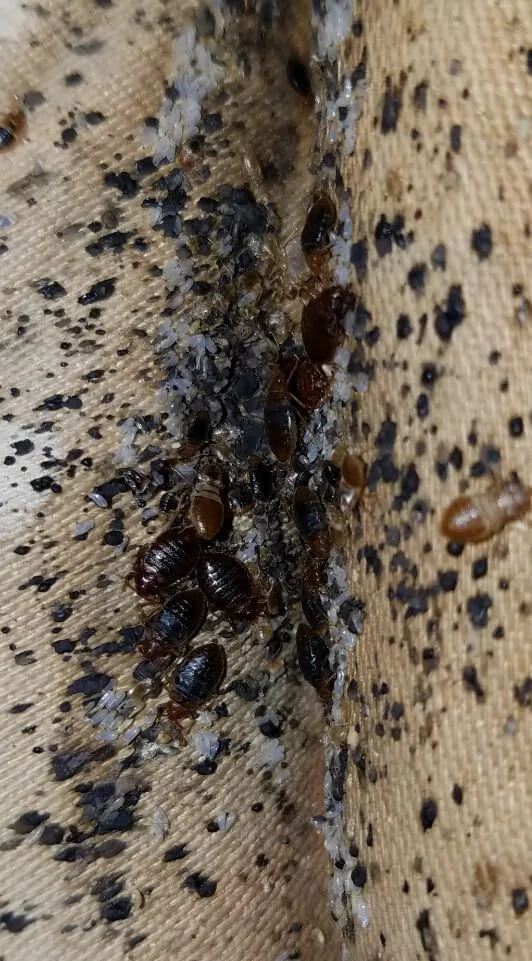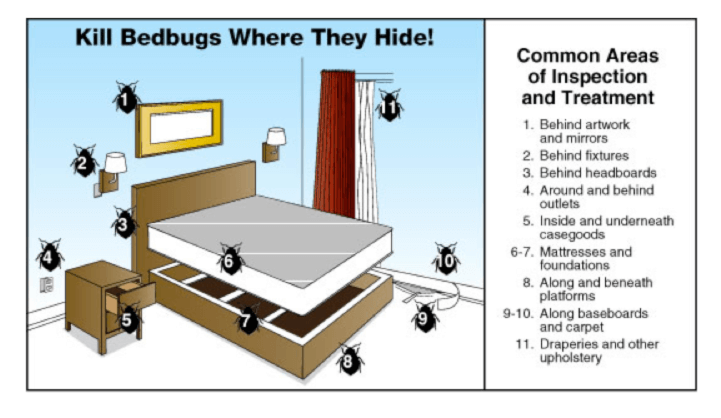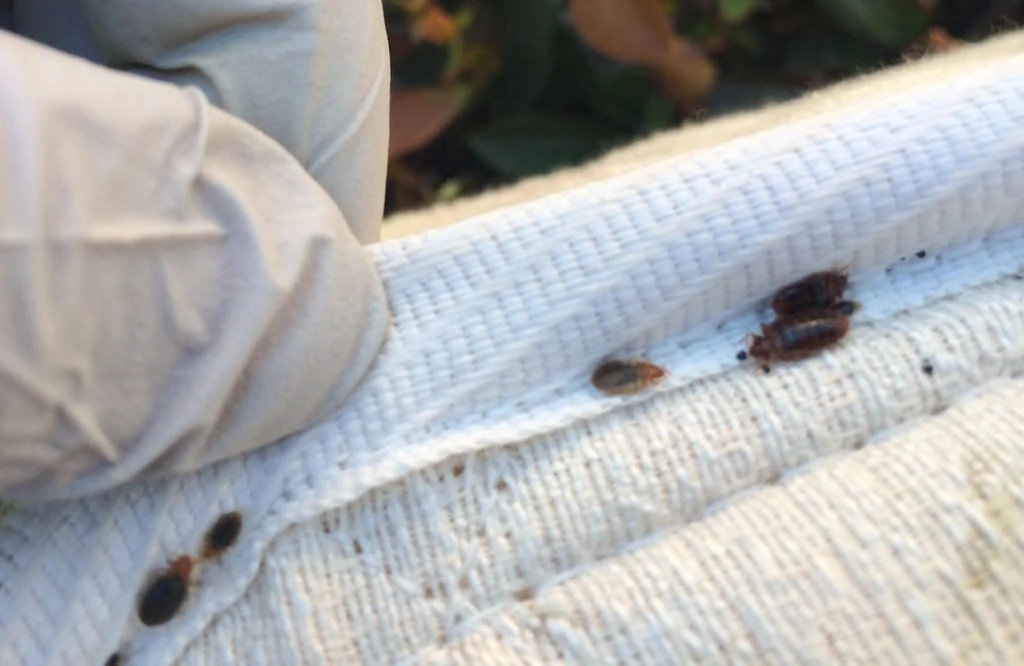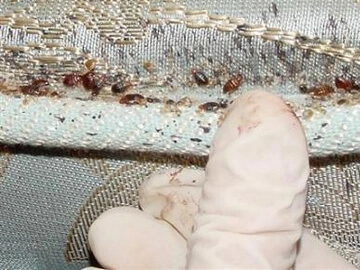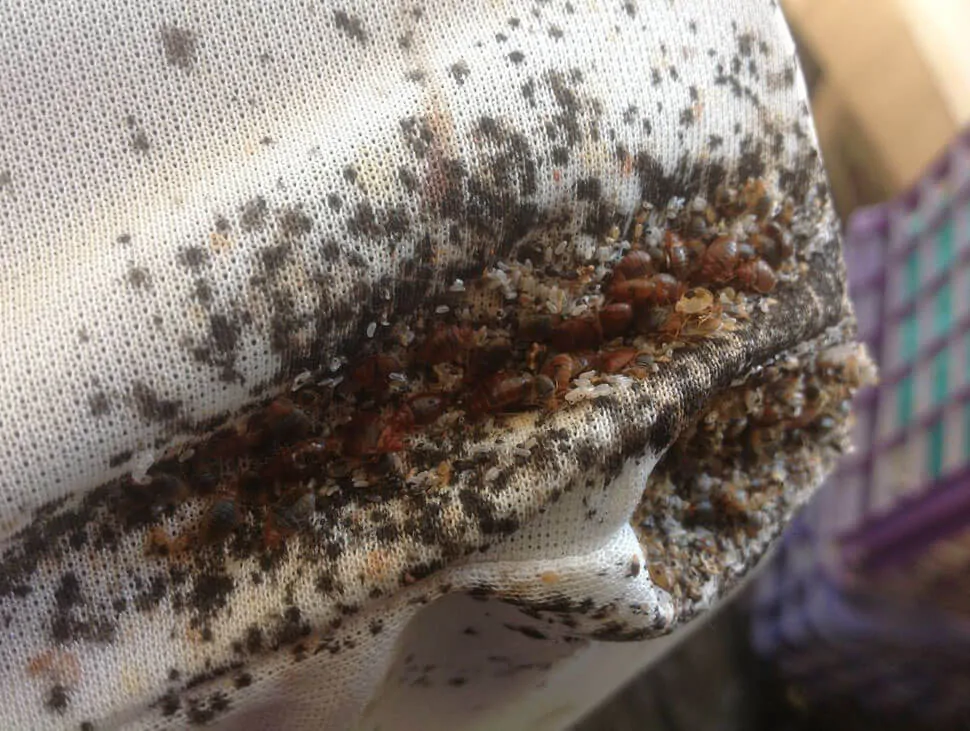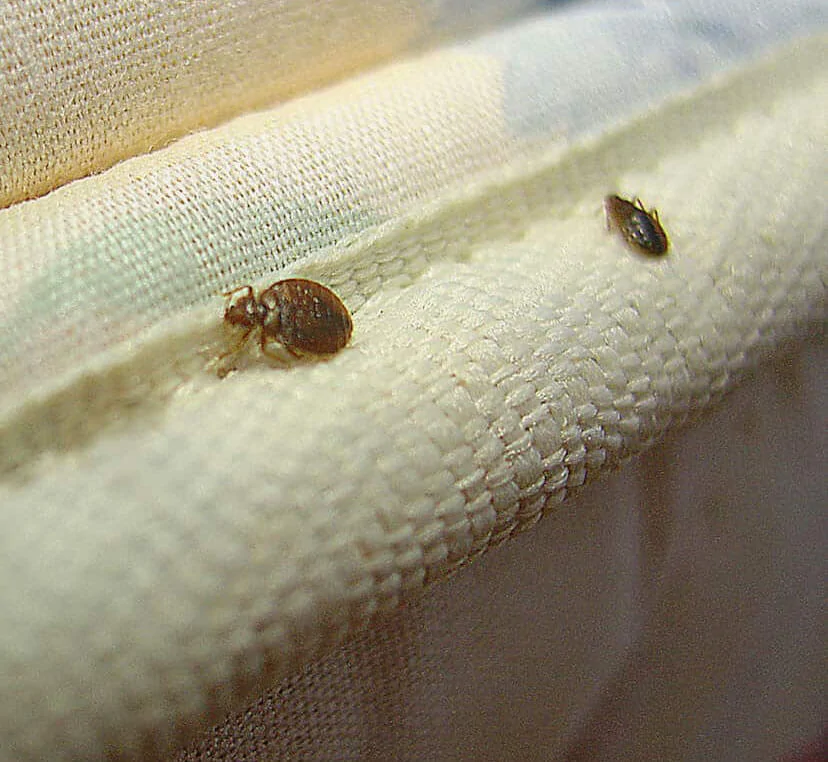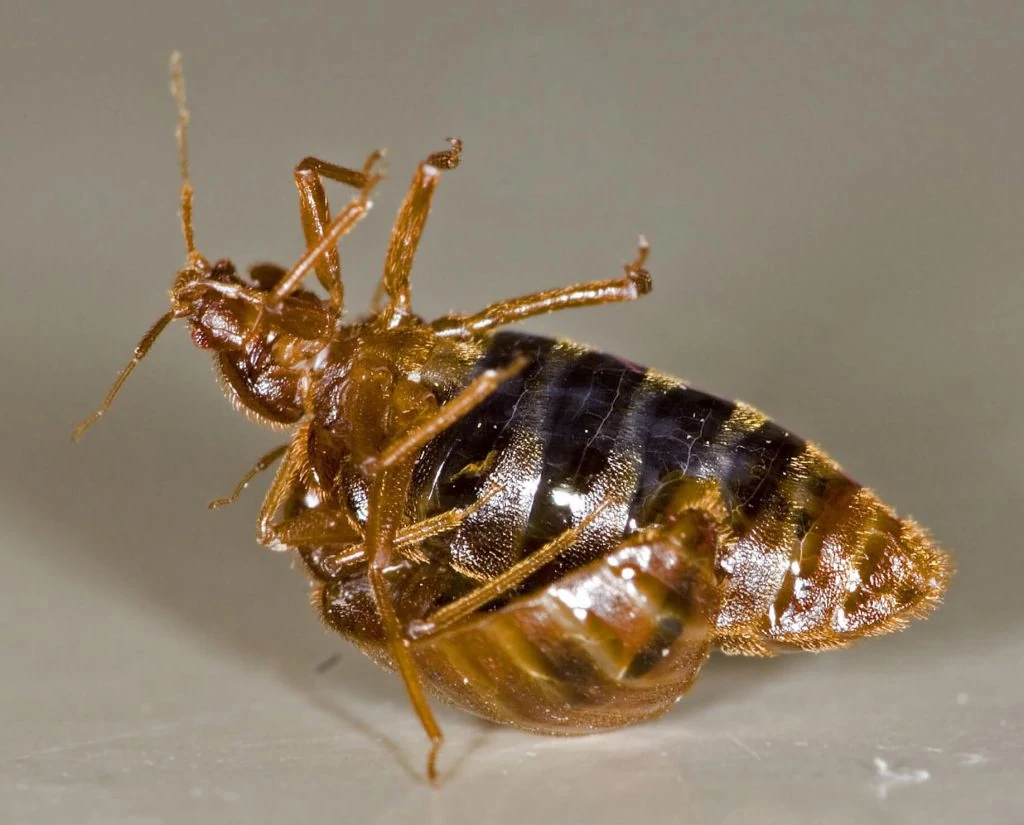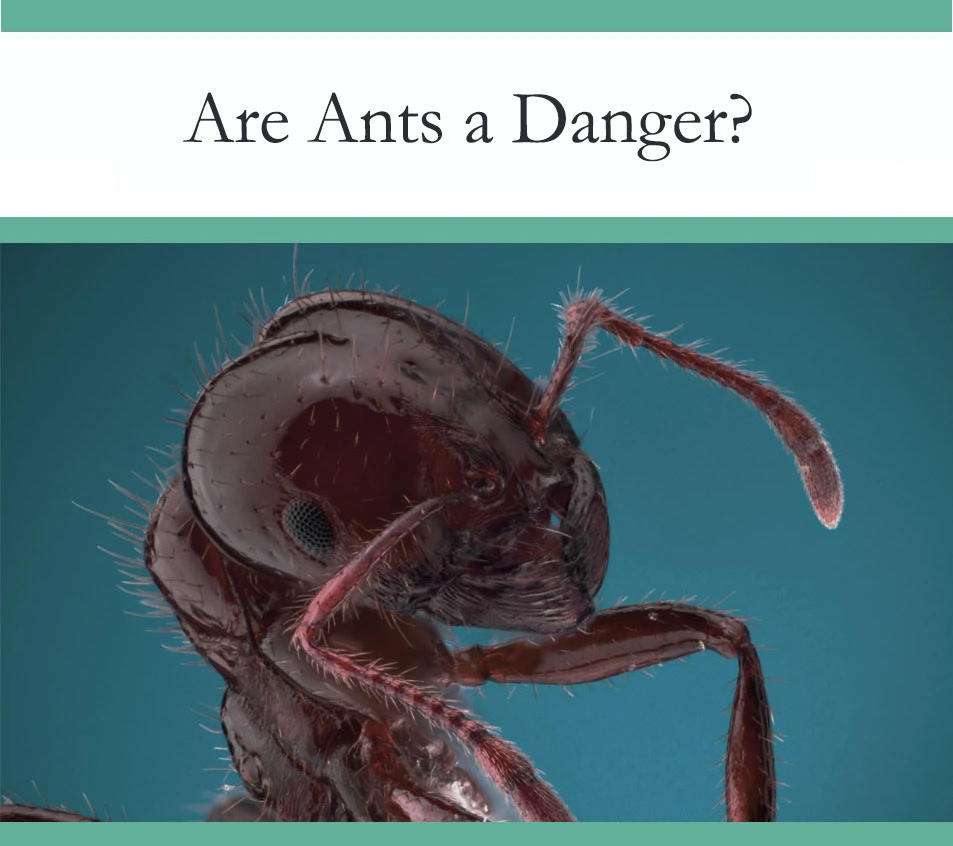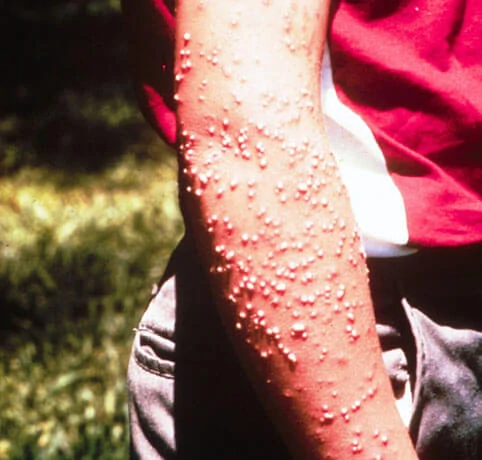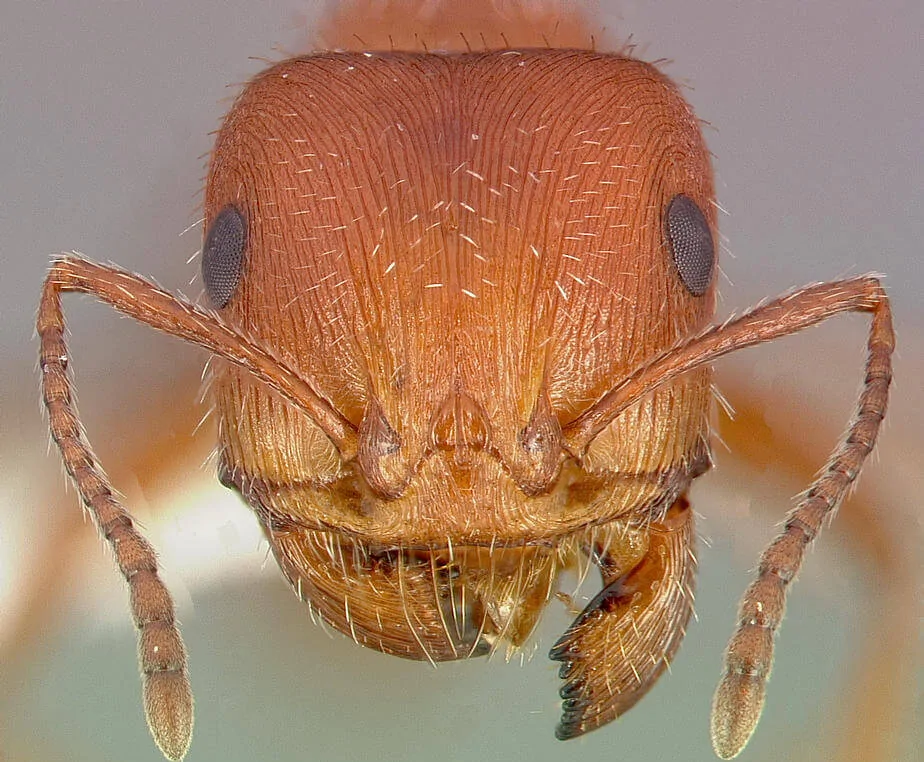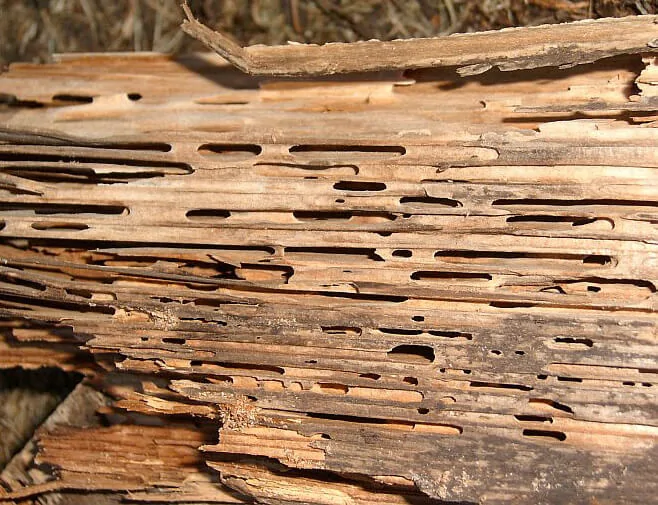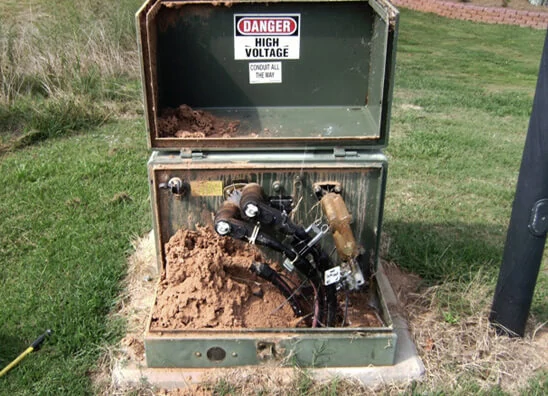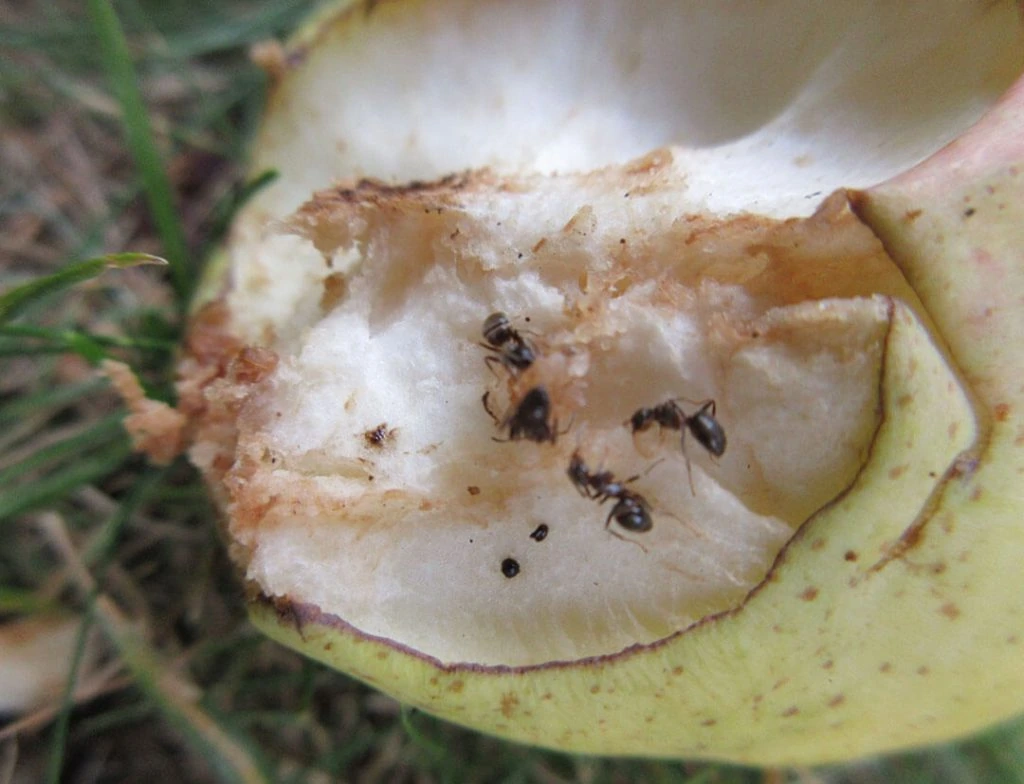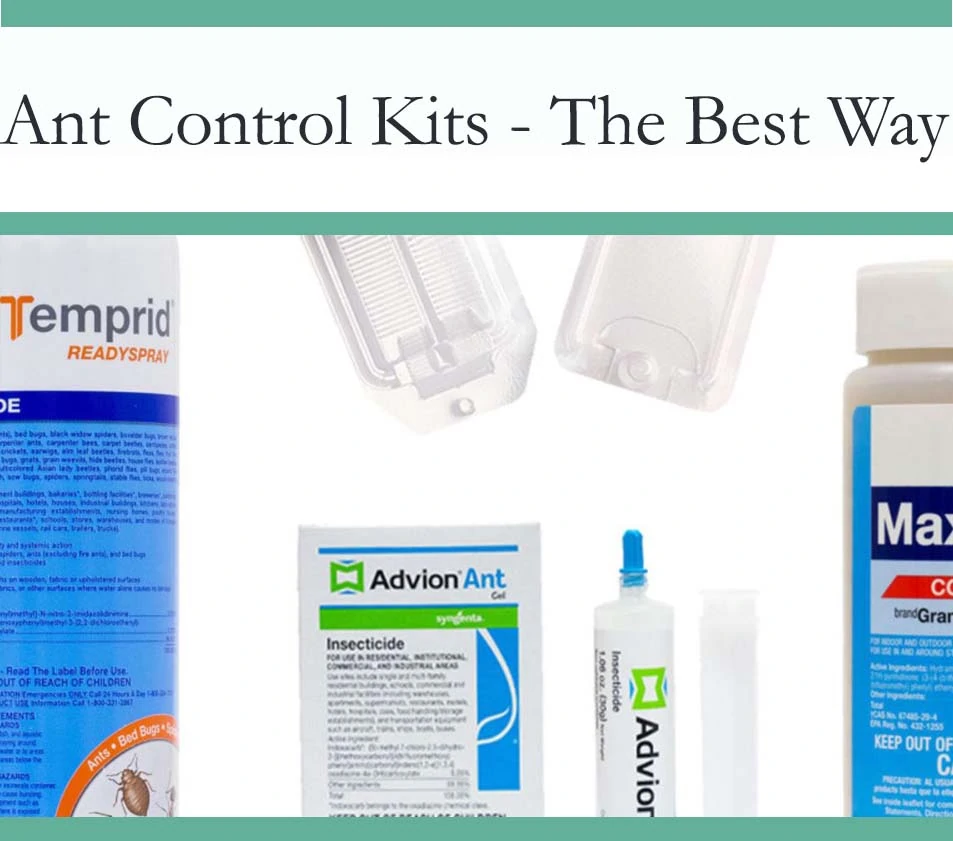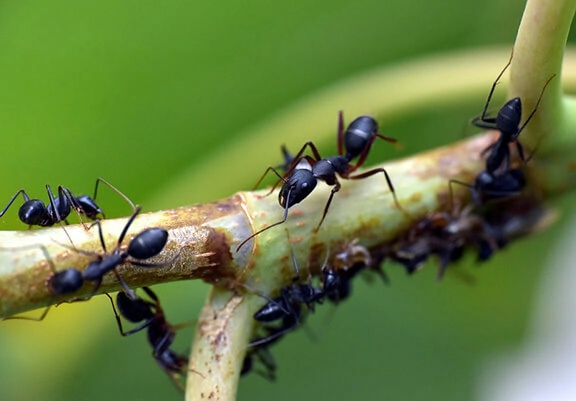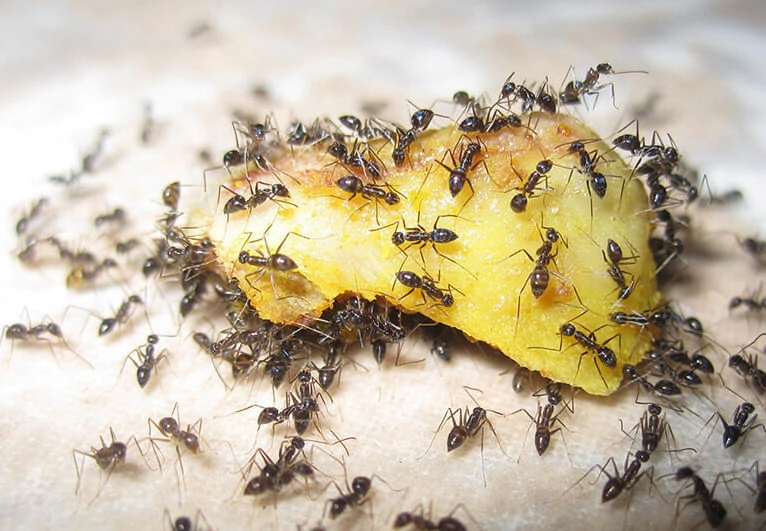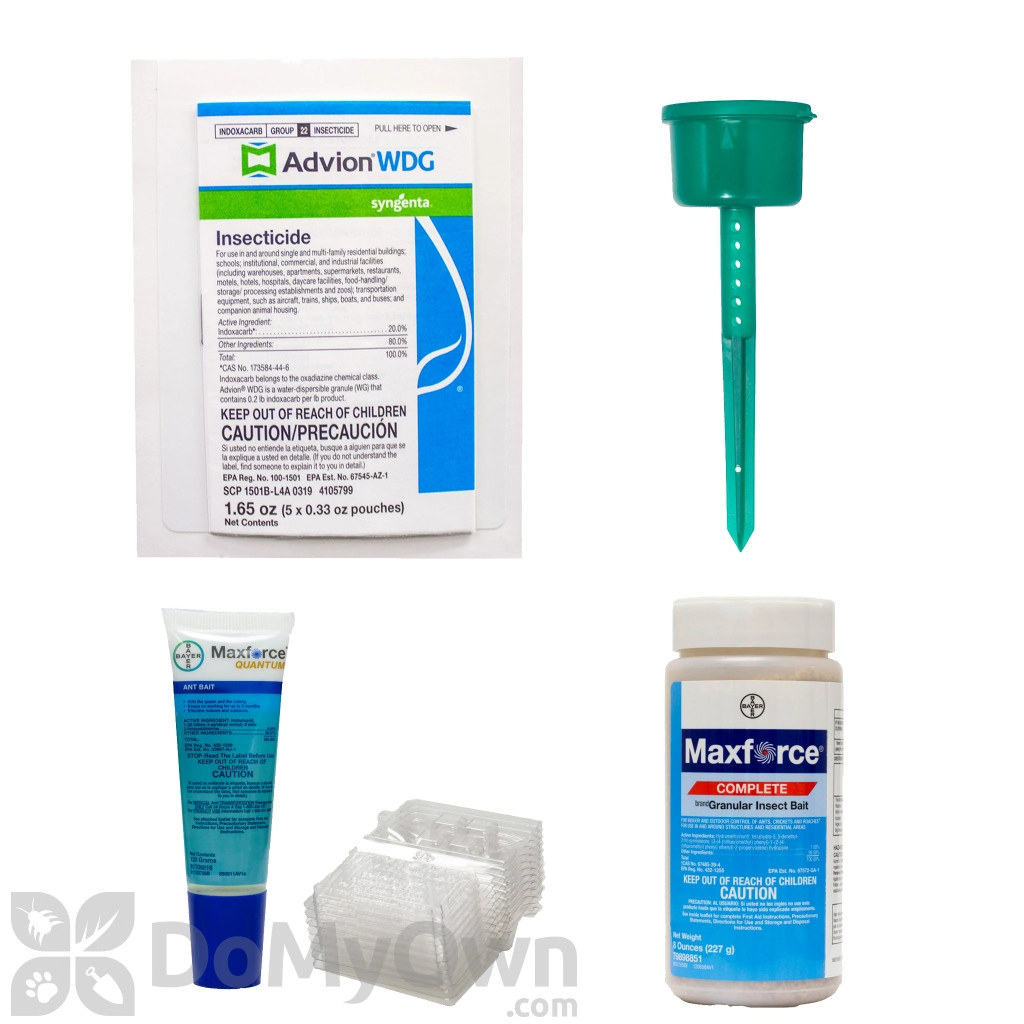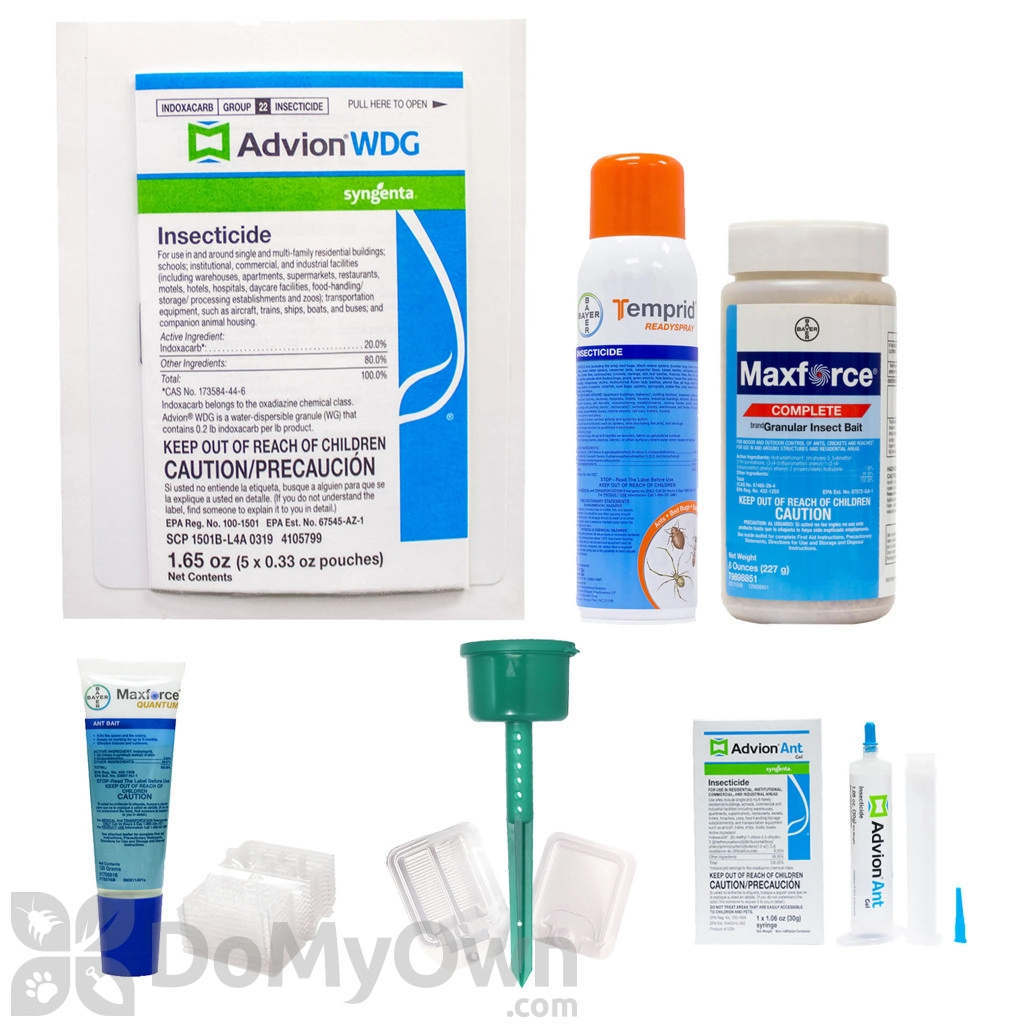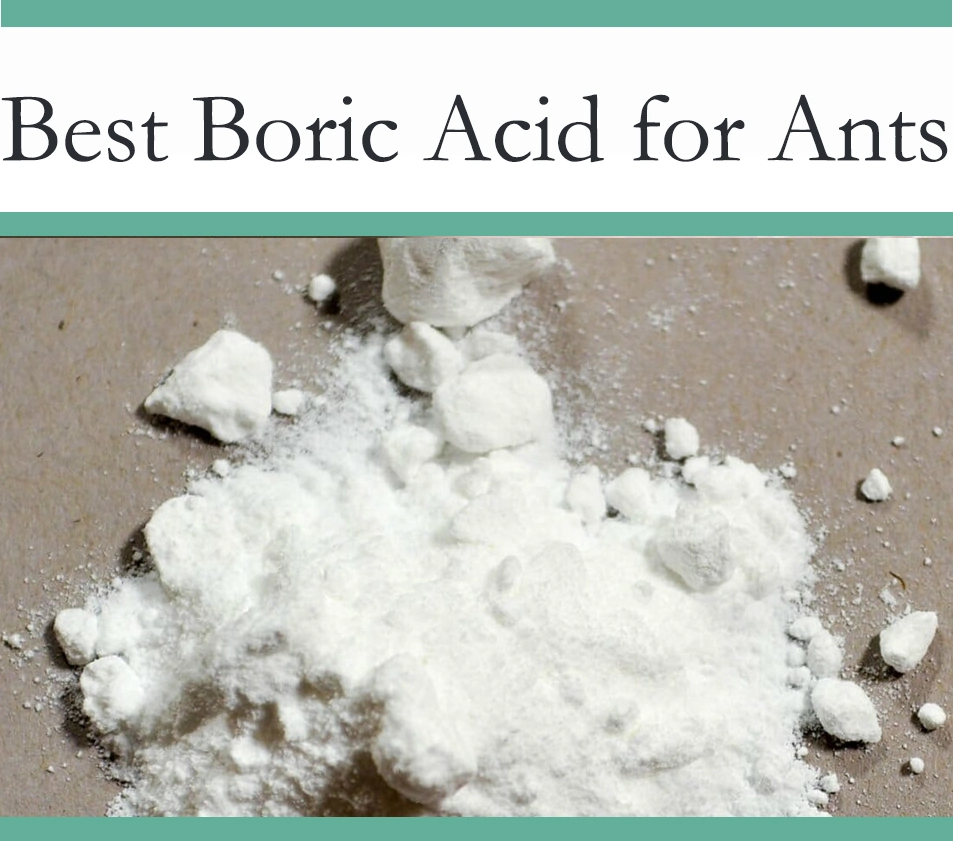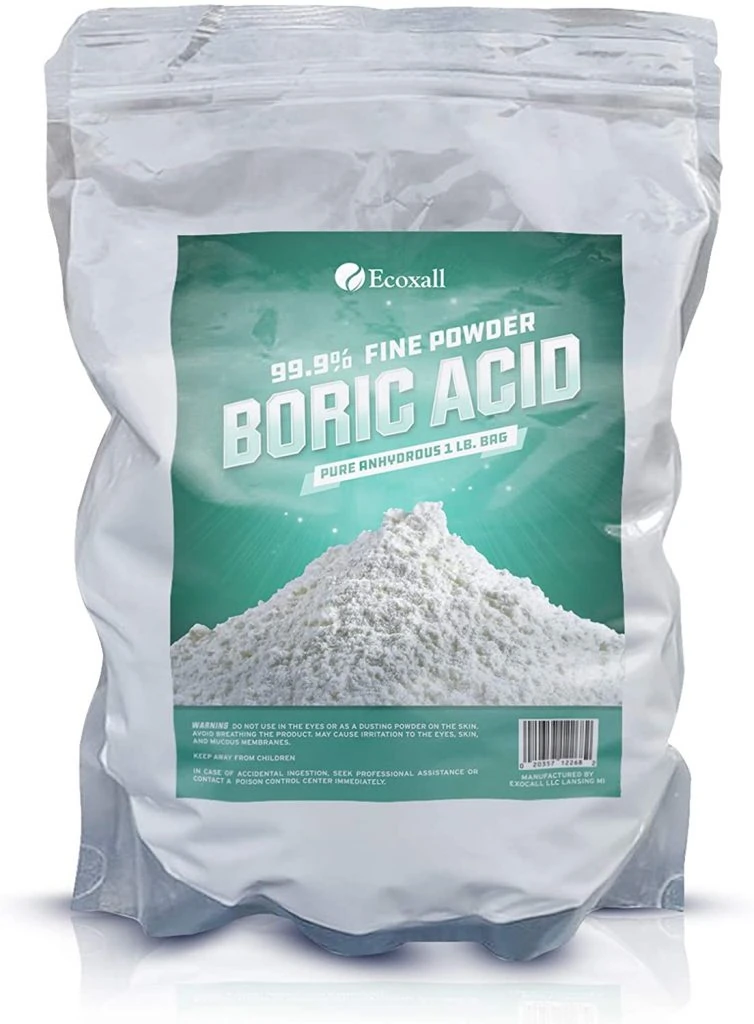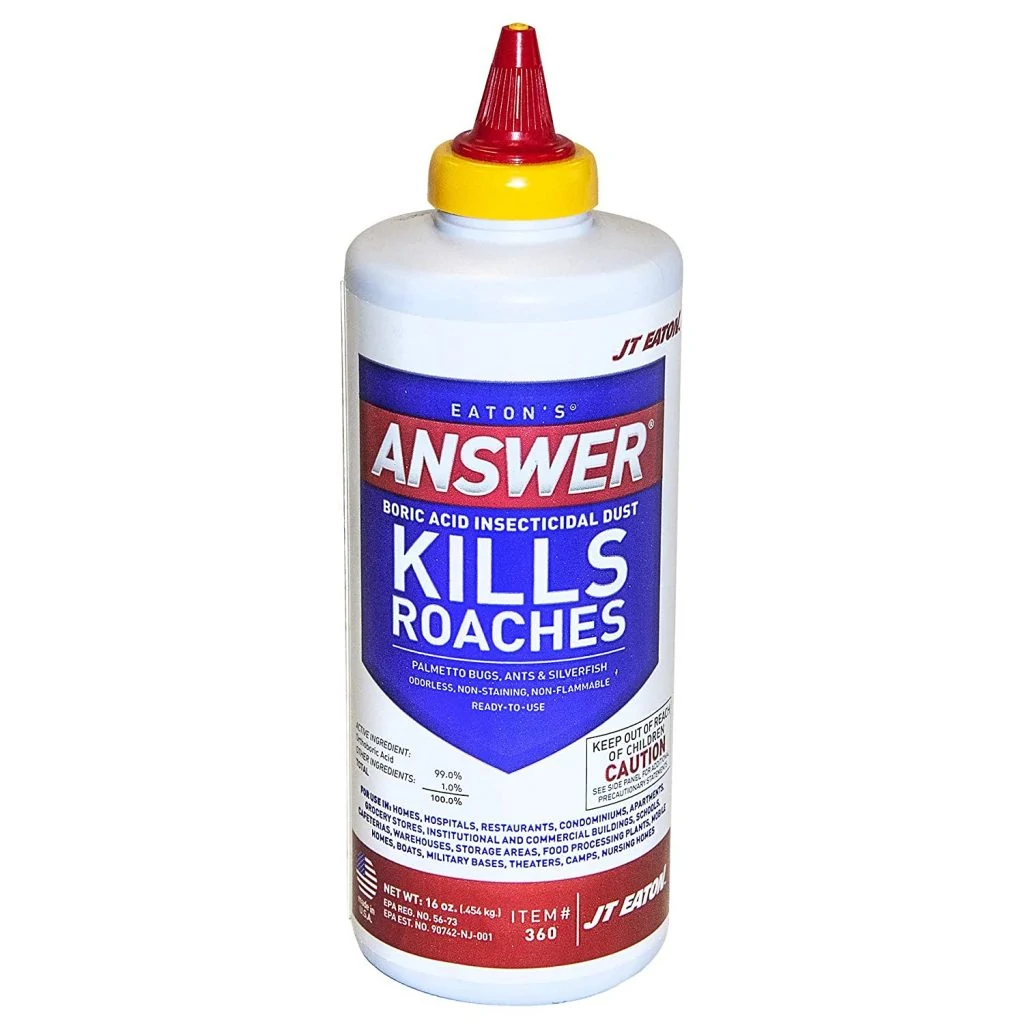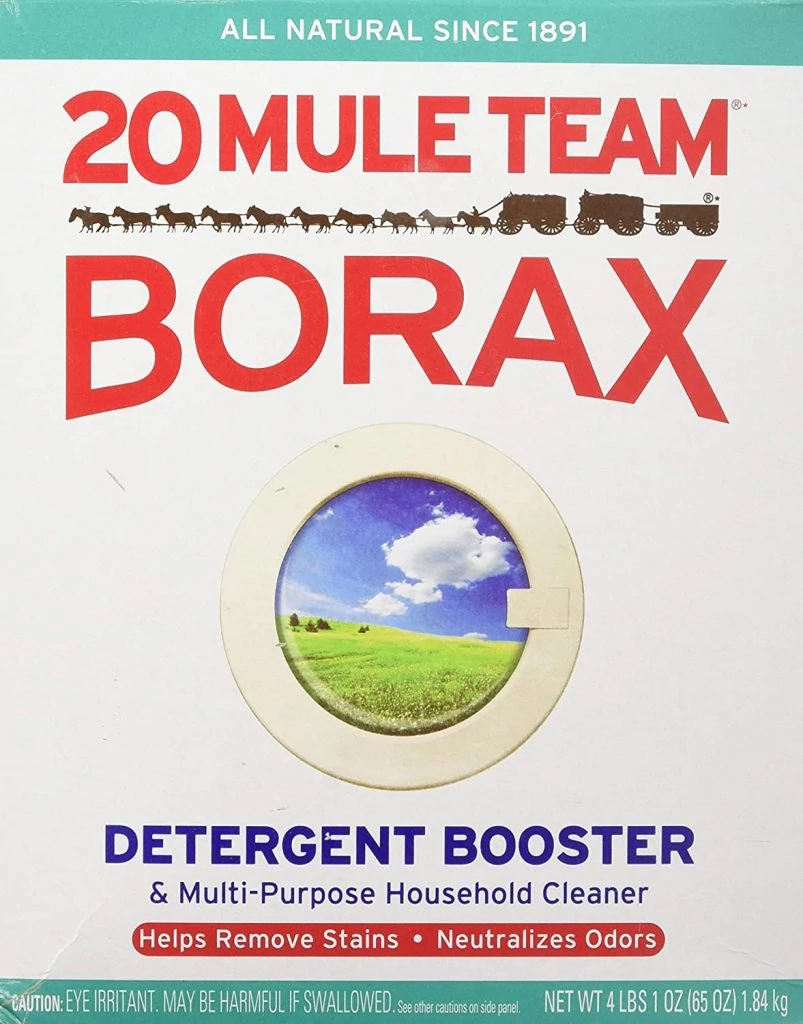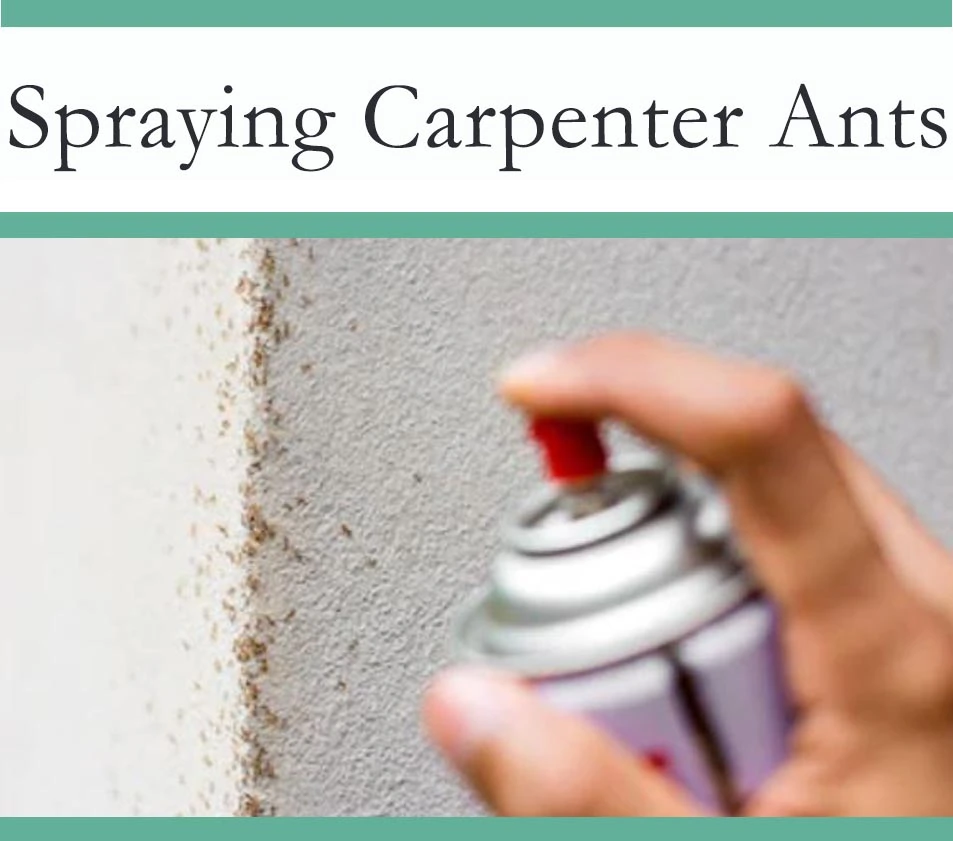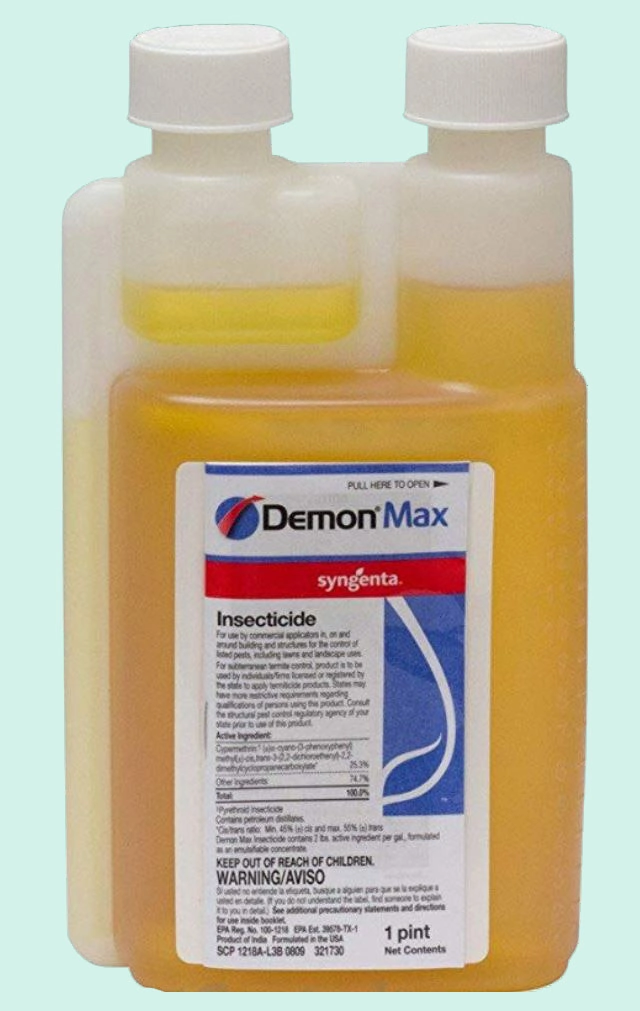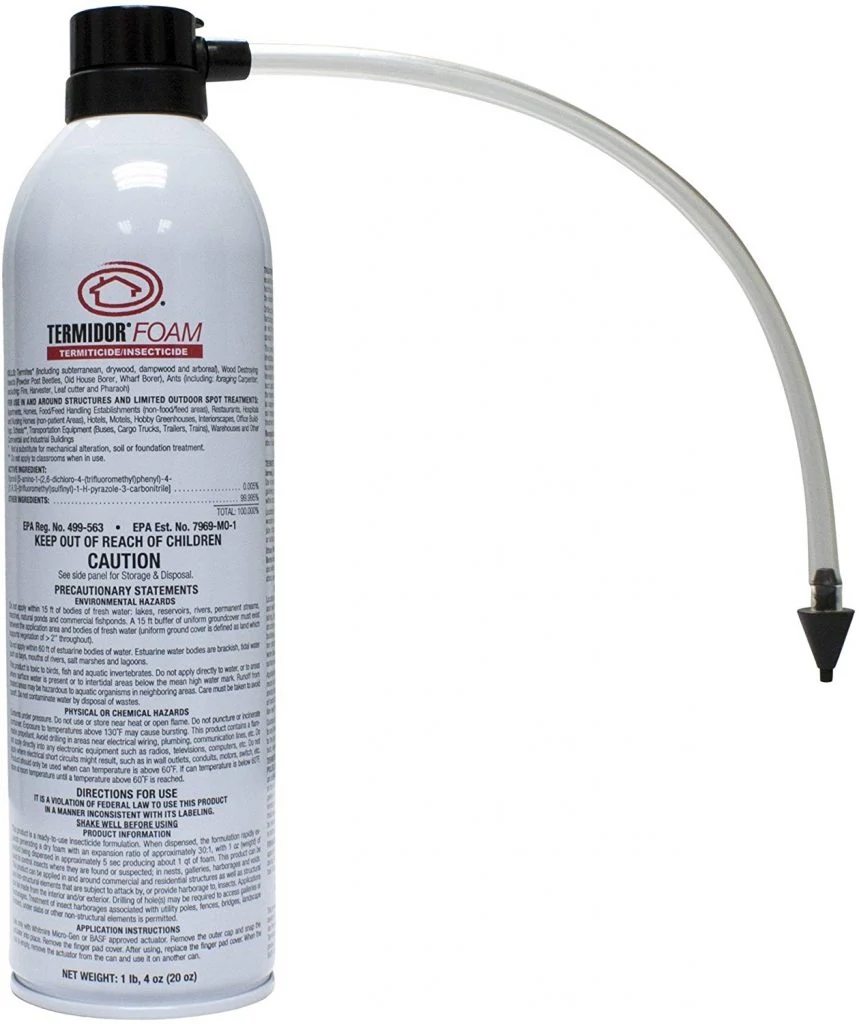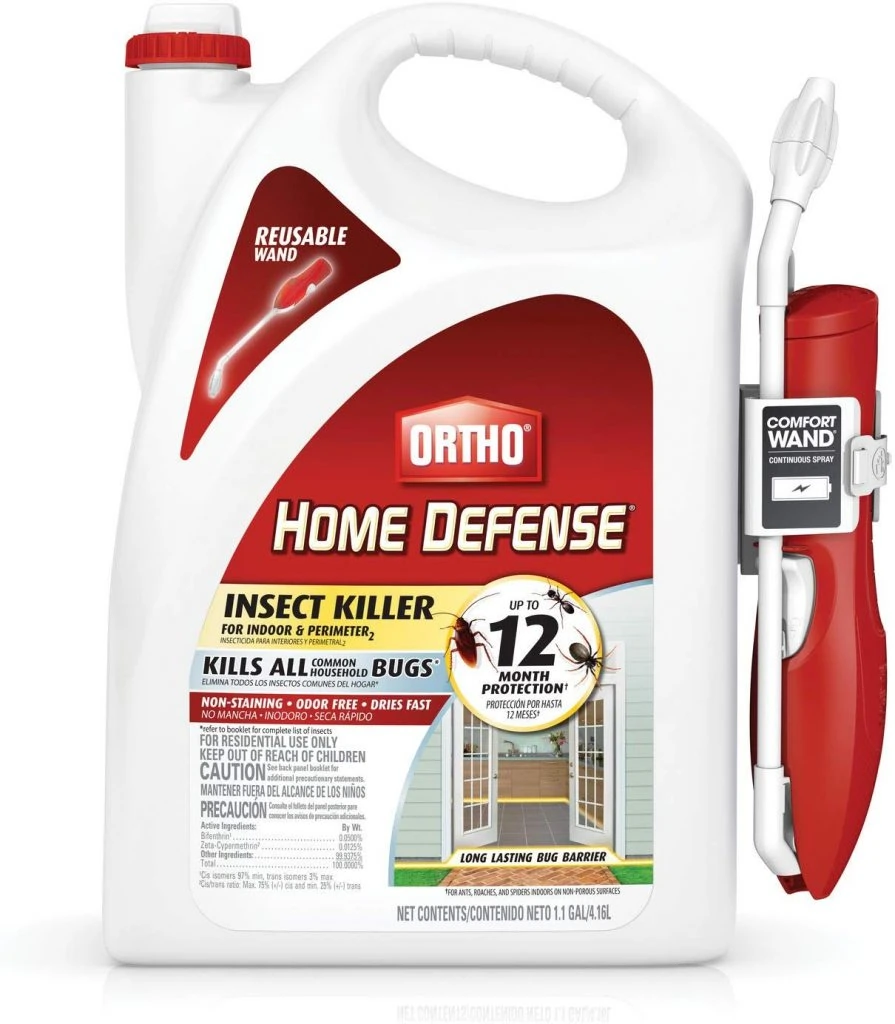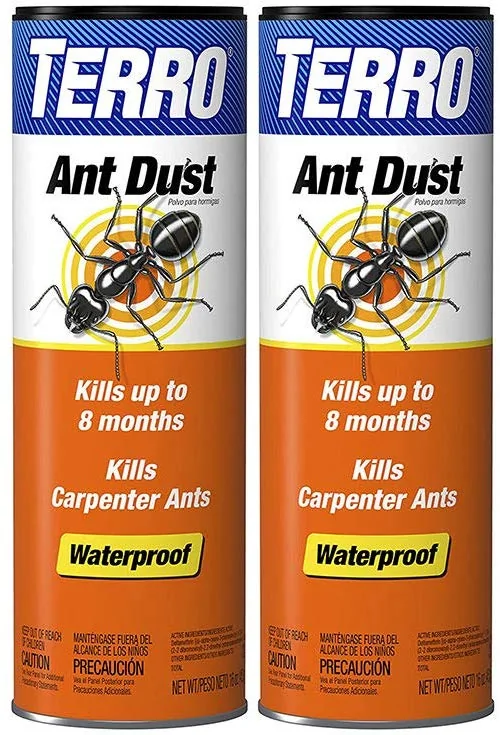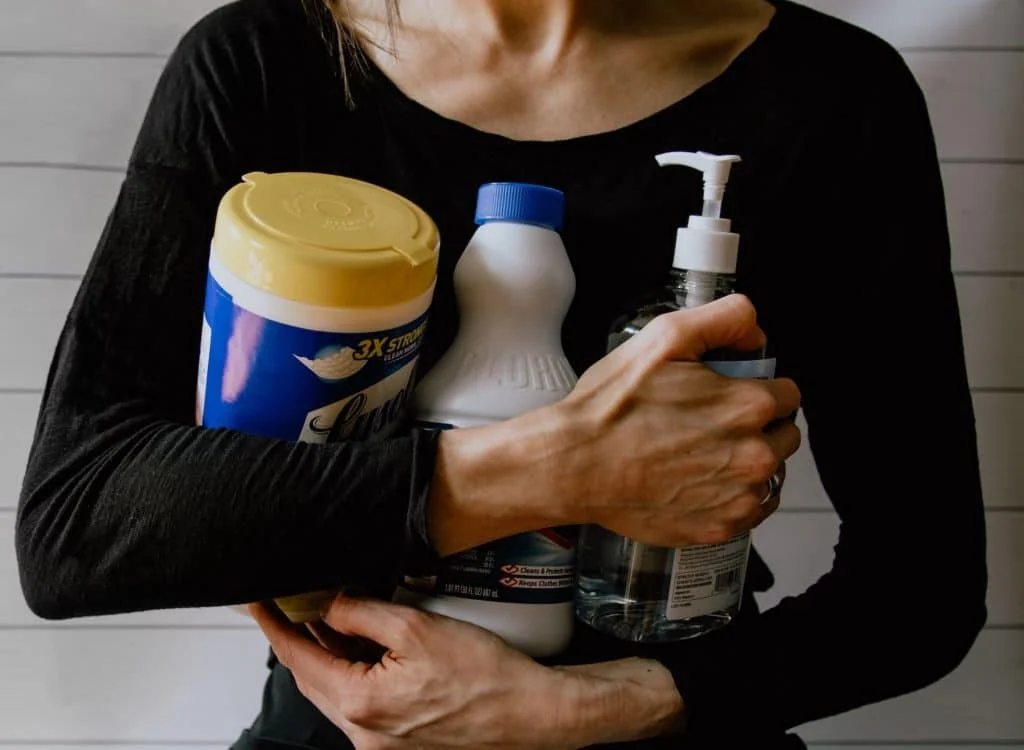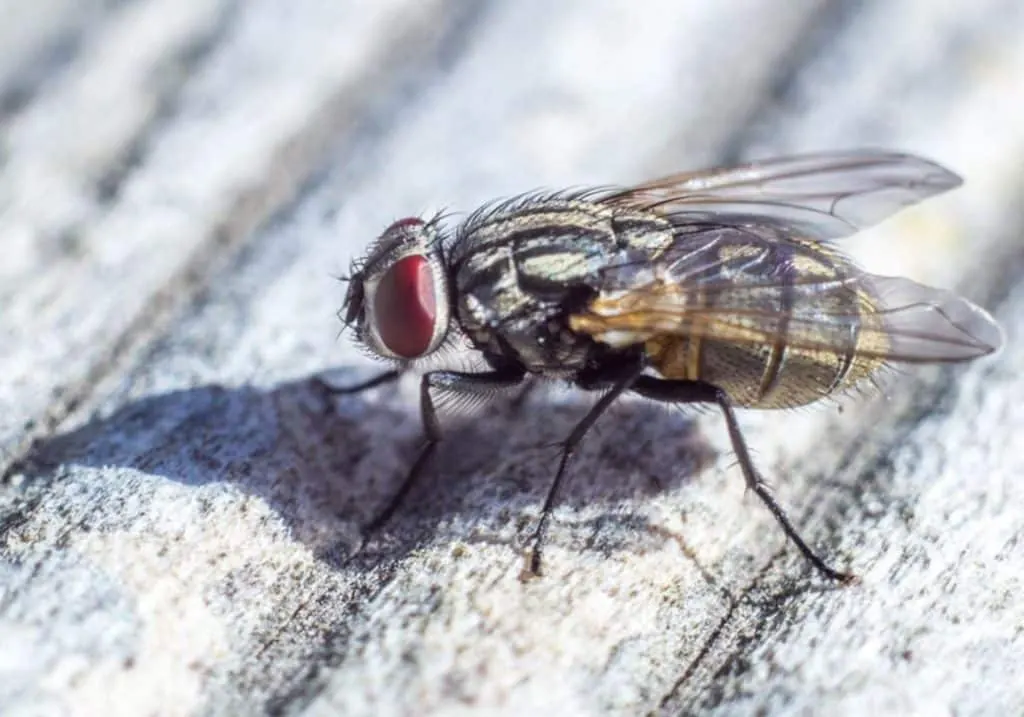How to Get Rid of Harvester Ants
Harvester Ants – What they look like, How you get them & How to get rid of them.
Pogonomyrmex species
Facts, Identification & Control
The common name Harvester ants describes many different species in the Pogonomyrmex genus. Harvester ants get their name from the habit they all share of collecting seeds as their primary food source. Twenty-two species are found in the United States, the majority of them west of the Mississippi. They are typically a desert species found in southwestern states such as Texas, California, Arizona, and New Mexico.
Appearance varies from species to species, but the ants are typically 1/4 to 1/2 inch long ( 4.7 to 11.5 mm). Their color can be anywhere from red to dark brown to black.
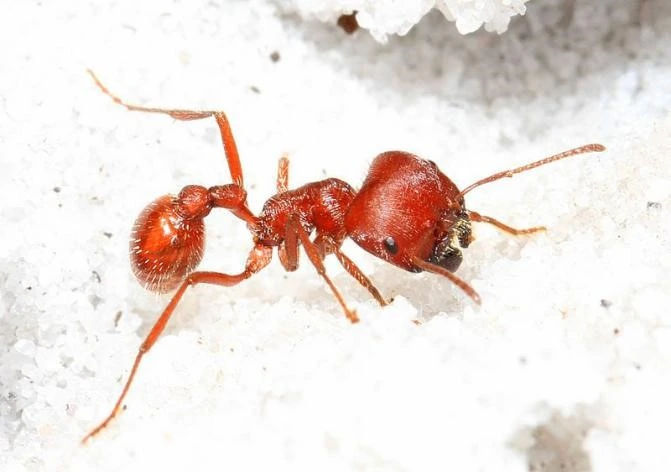
Pogonomyrmex spp.
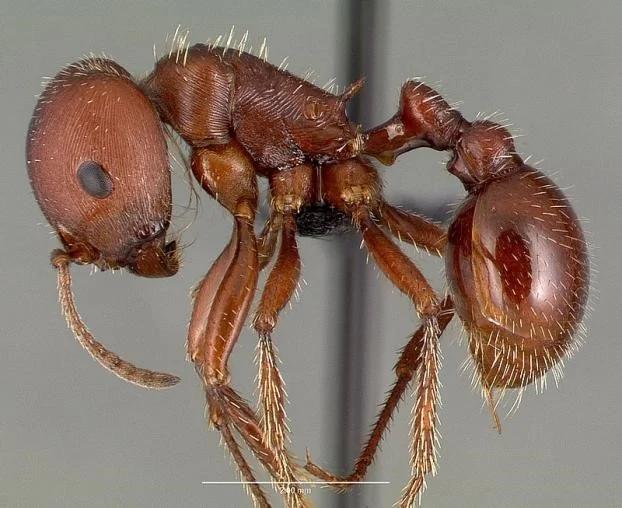
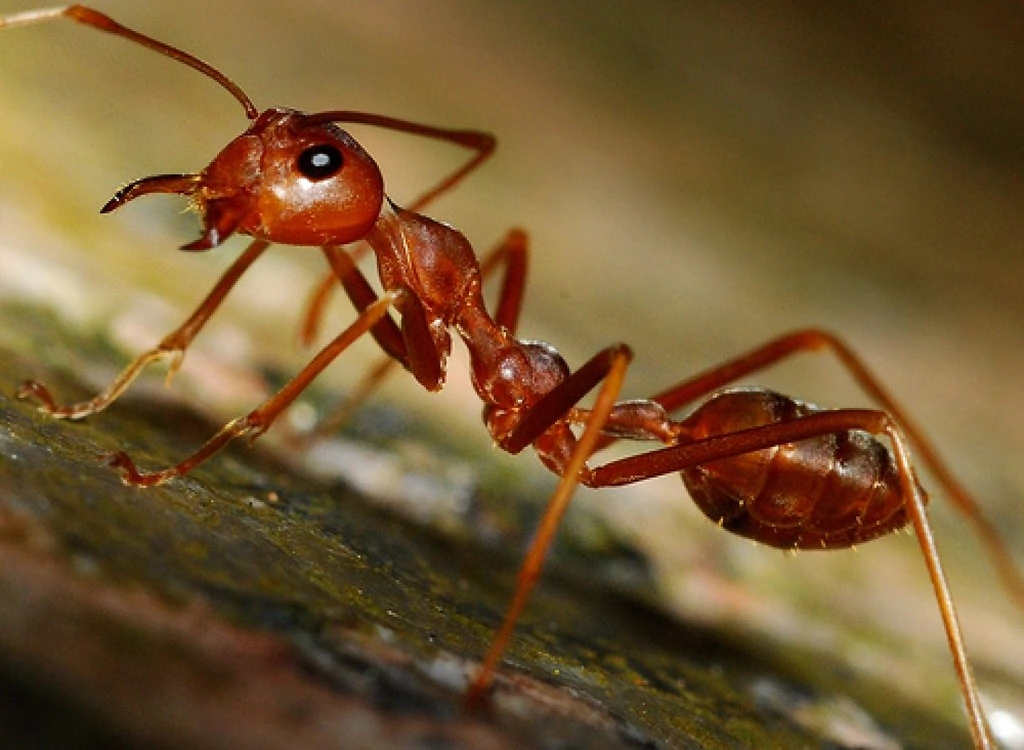
Identification & Characteristics
- Other Names: red ant
- Odor: none
- Color: red to dark brown
- Size: 1/4 to 1/2 inch long
- Legs: 6
- Antennae: yes, 12 segments with no noticeable club
- Shape: 3 body segments, when evenly rounded thorax. Head has a psammophore or beard of long hairs on the underside

Habitat
Harvester ants are found in arid areas throughout the Southwest. Many species build mounds above their nests that can be up to 53 inches in diameter and 10 inches high, which makes Harvester ant nests quite distinctive. This heat-loving species like sandy soil with a southern exposure and will strip away vegetation to keep shade off the nest. Some species will cover the surface of the nest in pebbles to collect more heat from the sun. These visible Harvester ant nests are sure signs of a Harvester ant infestation
Harvester ants are typically an outdoor species. When they do find their way inside, it is generally just a few foragers that will soon leave.
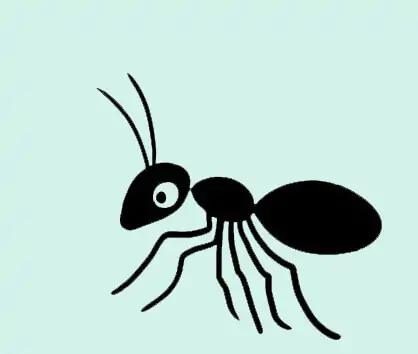
Behavior
Harvester ants forage for seeds because the dry environments where they live are usually low on food sources other ants would rely on, such as aphids. Harvester ants will collect seeds and bring them back to the nest to feed to the queen and the larvae. Typically, harvester ants stay inside the nest during the hottest part of the day and emerge when the temperature cools.
Harvester ants often move their nest according to changes in the microclimate. If the nest starts to get shade that the ants can’t remove, they will relocate. They may also relocate due to conflict with other ants – including other Harvester ants and other ant species.
These ants are aggressive and are capable of inflicting painful stings, especially if the nest is disturbed. They have even been known to kill animals that disturb their nest. One species, the Maricopa Harvester ant, is believed to have the most toxic insect venom in the world. Twelve stings from this species can kill a rat, and it would only take a few hundred stings to kill an adult human. This venomous sting makes this ant species very dangerous, and even other types such as the Western Harvester ant or red Harvester ant are still capable of delivering a painful sting. That’s why it’s so important to prevent Harvester ants from getting established on your property.

Reproduction
Harvester ants are monogynous and have only one queen. She’s the only reproductive member of the colony and can be very long-lived. Some species have been known to live for 30 years.
As well as worker ants, a mature nest will produce reproductive ants that have wings and are capable of flight. Unlike the regular foragers, these winged reproductives can be either male or female. In summer, these ants will swarm on a day after rain. The males will fly off to find nearby colonies. The females will wait on top of the mound for the males to find them. The ants mate on top of the mound. The males die off shortly afterwards, and the females fly away to found new nests.
Once a queen has established a nest, she will lay the first generation of eggs that will become workers. These workers will then begin to forage for seeds and bring them back to feed the queen and her growing brood.

Danger?
Harvester ant stings are extremely painful and can last for several hours. While it’s theoretically possible for the Harvester ant sting to kill (especially if you get lots of them at once), fatalities are extremely rare. However, the ants will aggressively defend their nest and frequently bite people and household pets that they see as a threat. That makes pest control for these ants quite tricky, especially since certain species can actually be dangerous to humans. Plus, if you have allergic reactions to the venomous sting of these ants, it might be better to avoid them completely and hire a pest control company to take care of them for you.
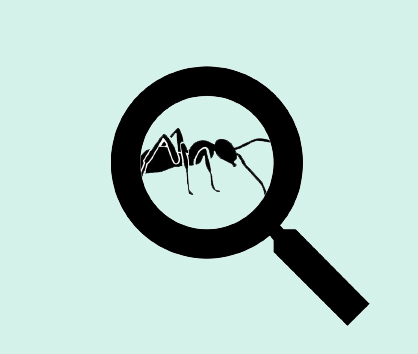
Signs of a Harvester Ant Infestation
Harvester ants rarely invade structures. Their food source is outside, and they like the heat of the desert climate rather than the coolness inside the house. When harvester ants do get inside, it’s usually a matter of a few foragers that won’t stay for long, since they won’t find many food sources indoors.
However, harvester ants will destroy vegetation around their nests. Often, this is the first sign of the presence of these creatures. Large areas free of any vegetation may indicate the presence of a nest. Also, as the nest grows, mounds may begin to form.
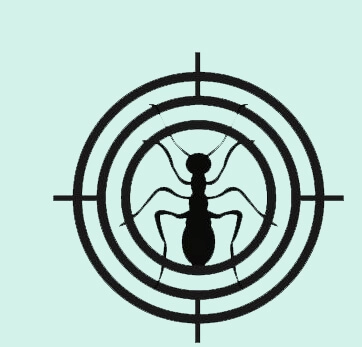
Controlling Harvester Ants
Outdoor Control
If you’re looking to find out how to get rid of harvester ants, the best method is to treat the nests directly. This ensures the quickest kill. However, because of the painful sting these ants have, make sure you wear proper protective equipment before taking on a nest of red harvester ants. Boots, long pants, and gloves are highly recommended when dealing with harvester ant infestations.
It is safest to treat the mounds during the hottest part of the day when the ants will be less active. Use a sprayer to saturate the mound with a pesticide that kills on contact. Make sure to use plenty of pesticide to make sure it saturates the soil.
Recommended Product: Tempo SC
Many species of these ants also respond well to certain types of bait. The best approach is to use a combination of methods to bring the ants quickly under control. Try one of our ant control kits to get a variety of pesticides designed to target and destroy the ants as quickly as possible.
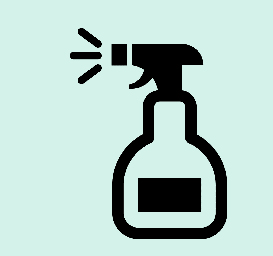
Best Products to Get Rid of Harvester Ants
Inside the House:
Harvester ants do not normally invade structures in large numbers. However, foragers may sometimes find their way inside. They can be killed when discovered using a household bug spray such as Raid.
It’s very unusual that harvester ants will establish a trail inside the house. However, if they do, a light spritzing of a non-repellent insecticide such as Taurus on their trails can help to control them. If you prefer to avoid chemical pesticides, you can also try diatomaceous earth, a naturally occurring product that can cause foraging ants to dehydrate and die.
Ant Bait Stations:
Because harvester ants require less moisture than other species, they don’t respond as well to liquid bait stations. However, granular bait can be very effective at controlling these ants because it mimics the seeds they would normally feed on.
Bait stations such as Ants No More can hold any type of bait, including granular bait. Filling these bait stations with a granular bait like Maxforce Complete can provide effective harvester ant control.
Best Products Outside the House:
Outside the house, you can use a residual pesticide to treat the exterior of your home and prevent any ants from coming inside. Using a sprayer, spray three feet up the wall from the foundation of the house and three to six feet out. This will create a barrier that ants will not want to cross, and the residual pesticide will kill any ants that try to cross it.
The same pesticides that can be used as a perimeter treatment can usually be used directly on any nests you find. Make sure to thoroughly saturate the soil where the ants are nesting so that the chemical penetrates the entire nest. It may be necessary to perform multiple treatments throughout the season, especially when dealing with large mounds. Make sure to wear long pants, sturdy boots, and gloves to protect yourself from the ants. It’s also a good idea to spray nests in the hottest part of the day when the ants will be less active.
Recommended Bait Types:
Another effective way to treat harvest ant mounds directly is to use granules such as Ortho Orthene Fire Ant Killer. This eliminates the need to saturate the soil and means you can spread the granules on the nest and get away before the ants realize they are under attack.

Preventing Infestations
- Inspect your property for mounds and areas of stripped vegetation. Treat mounds early whenever found.
- Perform a perimeter spray of your house using a residual insecticide. Spray three feet up from the foundation and three to six feet out around the property.
- Seal up cracks and crevices that ants could use to get inside. Pay special attention around window frames, cracks in the foundation, and anywhere pipes or wires enter the house.
- Cut back tree branches and shrubs in contact with the house. These can act as highways for ants to get inside.
- Remove seeds and grains from your property wherever possible. If you have persistent harvester ant problems, it may be necessary to remove plants that attract them from your yard.

